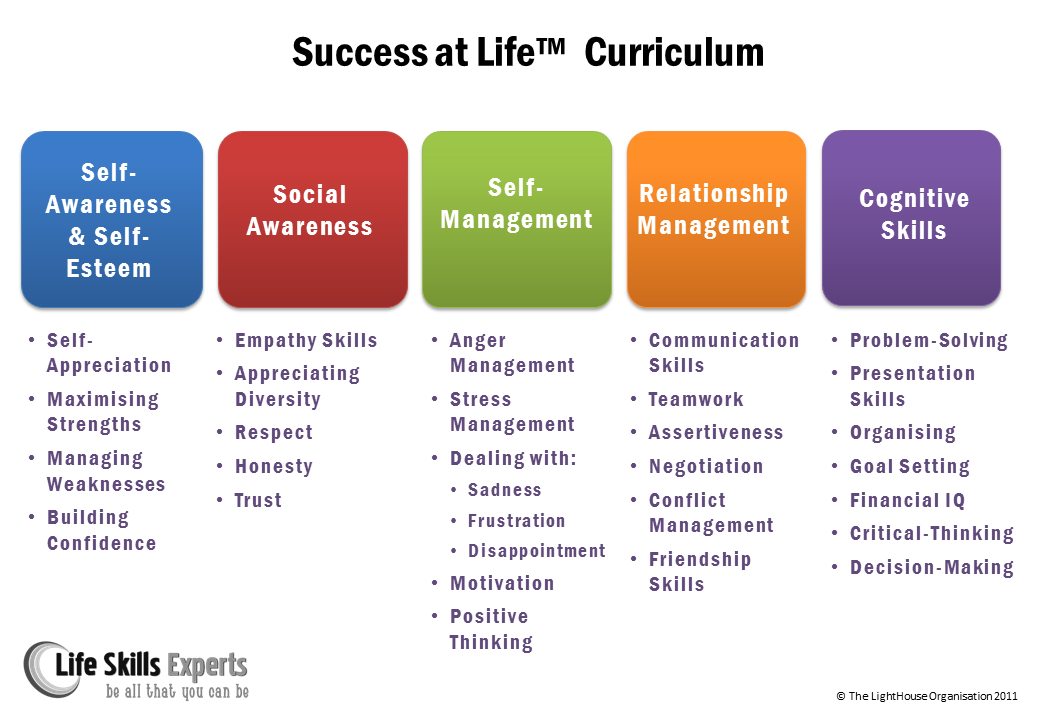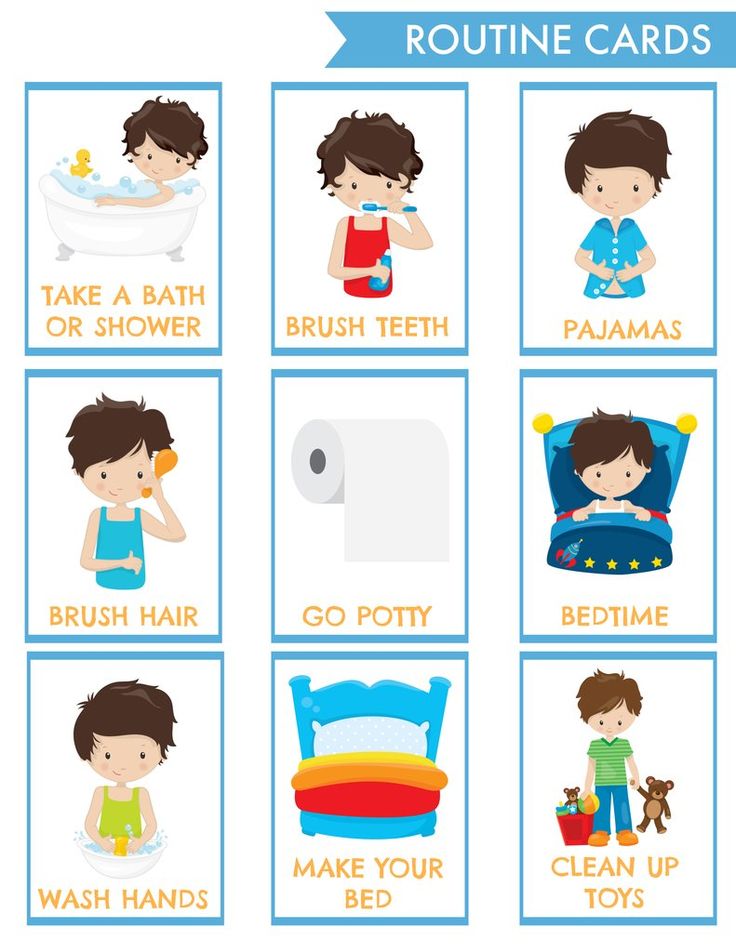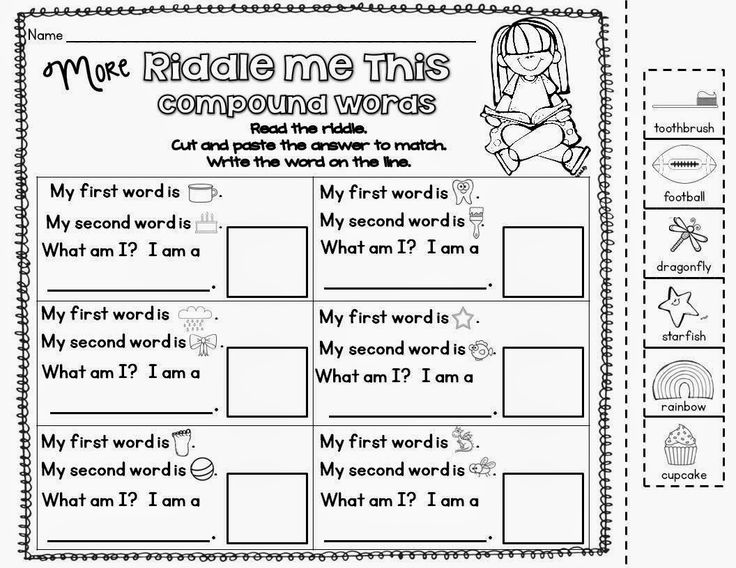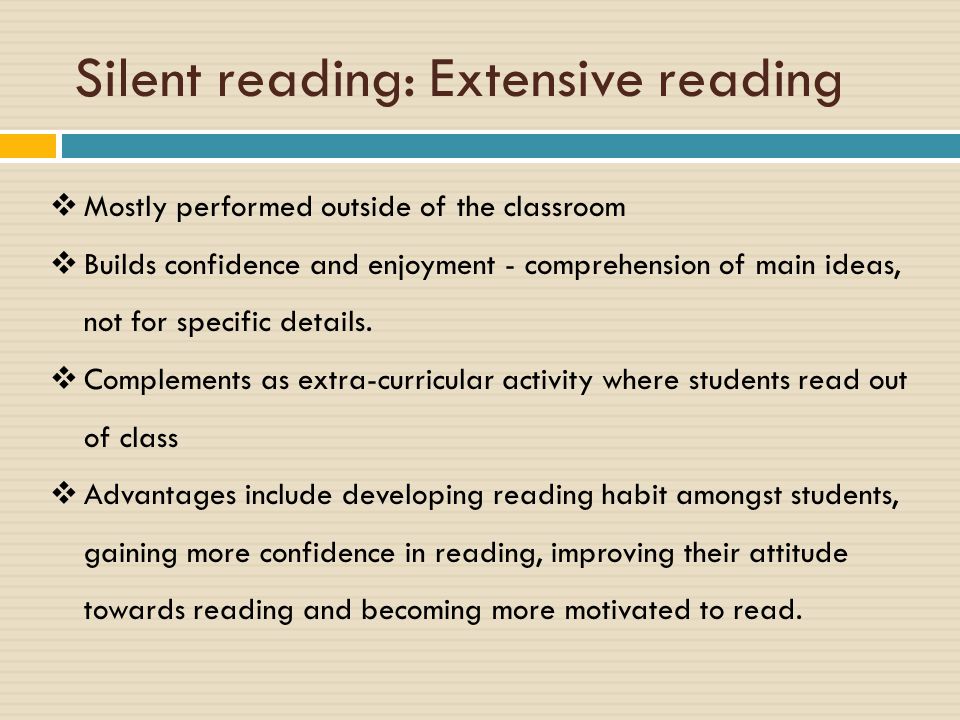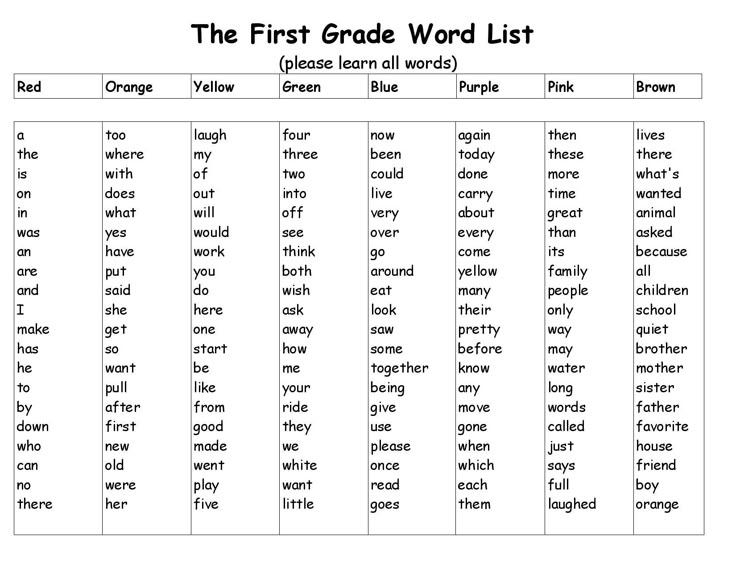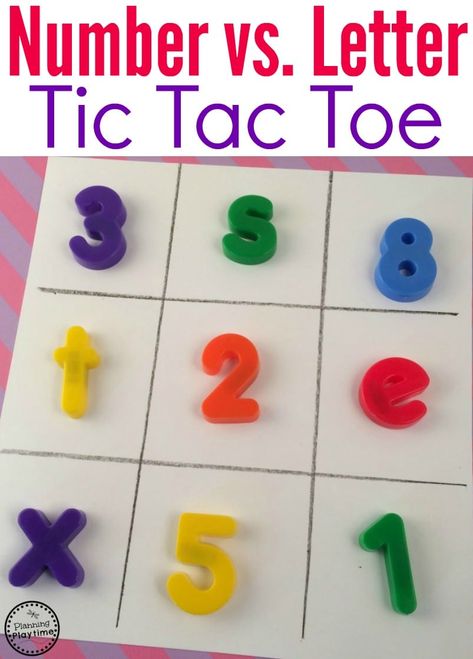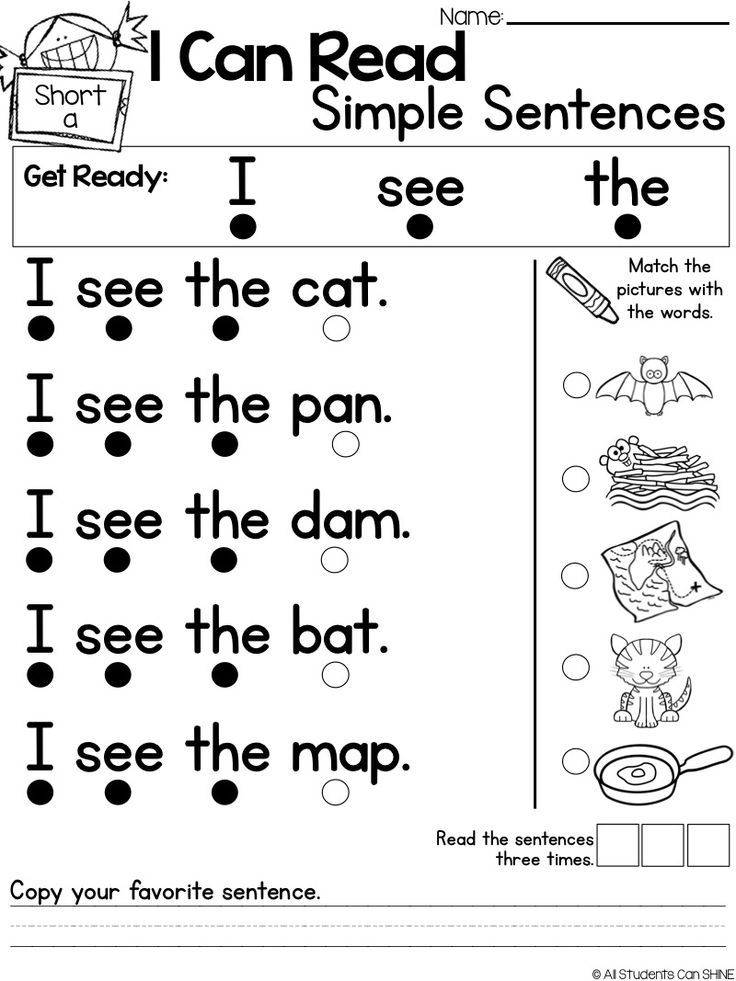Pre k counting activities
16 Counting Activities for Preschoolers
You are here: Home / Activities / Learning / Math & 123s / 16 Counting Activities for Preschoolers
6 Jul
Math & 123sPreschoolersCounting
Resources21 Comments
SHARE POST
George is counting like crazy lately! I don’t know when, but it just clicked for him one day. Now, to put it into context, these are some fun counting activities for preschoolers to practice their 1-2-3s!
There are some many hands on counting activities to do with the kids!
Finding what’s in nature, counting leaves, counting petals, counting rocks. Or look in their toy bin and sort objects and count, count, count!
How many blue blocks are there?
How many straight train tracks are set up?
How many….? what?
Once I see my kids are interested in counting, they can’t seem to stop! George counts everything. When we’re playing board games, he counts how many cards, pieces, whatever it is that is left. Board games are also great for beginners to count spaces, usually its only a few spaces at a time, so its a great way to start.
Whatever it is… make counting fun and natural for the kids. I never try to force a learning problem on them. But just expand on what they’re currently interested in.
These are 16 activities for preschoolers to practice counting.
These are activities that really focus in on the child counting. I have also put together some awesome number activities that include counting, but also number recognition and one to one correspondence.
Download the FREE Learn a Number Week!
Counting activities that are lots of fun:
- Roll the dice. Count them. Stack the blocks. Count them. Repeat. – One to One Correspondence Practice with Dice & Blocks
- Go on a scavenger hunt to find numbers and match them up with the corresponding dots. – Letter & Number Scavenger Hunt for Preschoolers to Learn
- Graph Legos (or other blocks) by counting, counting, counting! – Using Legos to Teach Math & Writing from Crayon Freckles
- Use Dominoes to decide which chore to do.
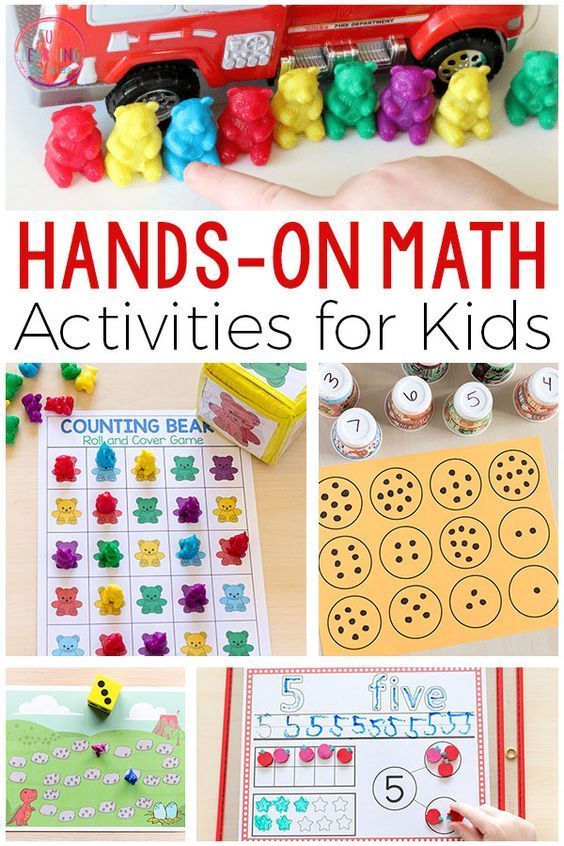 How many dots are on the Domino? Count them. That’s the chore to do. – Chore List with Dominoes & Numbers
How many dots are on the Domino? Count them. That’s the chore to do. – Chore List with Dominoes & Numbers - More Dominoes! Line up the Dominoes by matching the dots. How many dots are there? – Learning Activity with Dominoes
- Label bottles with numbers and have the kids count and drop pom poms (or any small object) in. – Sort and Count Math Bottles from The Imagination Tree
- Instead of bottles, do it with baby food jars! For the farm-loving kid, call them grain bins and have them haul their ‘grain’ and put it in the bins. Each bin can only hold the amount its labeled as. – Number Activity: Learn to Count with Grain Bins
- Make a simple grid on the sidewalk with numbers and find that many objects from nature! – Counting Objects from Nature from Scribble Doodle and Draw
- Make a paper chain and count down to something exciting (a birthday, holiday, first day of school, last day of school, vacation, etc)! Every day, count how many chains are left to see how many more days.
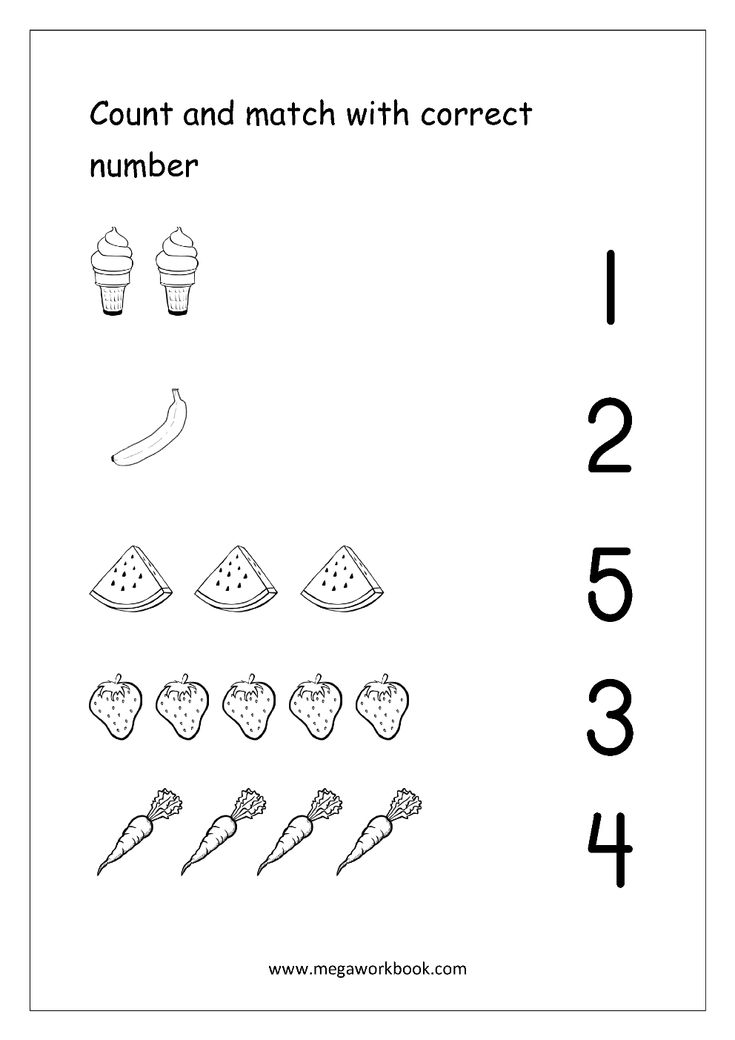 –Countdown to Christmas: Wrapping Paper Chain
–Countdown to Christmas: Wrapping Paper Chain - Count snacks! Line up some numbers and count snacks to match the number! – We’re Going on a Bear Hunt from Chasing Cheerios
- Head out into nature and petals on the flowers you find. Take it a step further and sort them by number of petals! – Counting Flower Petals
- Count apple seeds. Use tally marks as visuals! Apple Seed Math from ABCs to ACTs.
- Play to your child’s interests. For a vehicle-loving child, use semis to haul blocks to build towers using the correct number of blocks. – Counting Blocks While Building Towers
- Count using paper clips. Make cute flash cards with numbers and have the kids clip as many paper clips! Paper Clip Number Cards from Early Education Zone.
- Make a grid of numbers to learn to count and recognize numbers. – What’s the Number? Count it with Blocks!
- Practice skip counting but tens! Use some Cheerios and toothpicks. Counting to ten over and over again, then skip count by ten to 100! – Cheerios Skip Counting by 10s with 1-2-3 Peas
Download the FREE Learn a Number Week!
Which counting activities on this list will you do first? Or better yet, what activities would you add for your preschooler to practice counting?
SHARE POST
About Jamie Reimer
Jamie learned to be a hands on mom by creating activities, crafts and art projects for her three boys to do.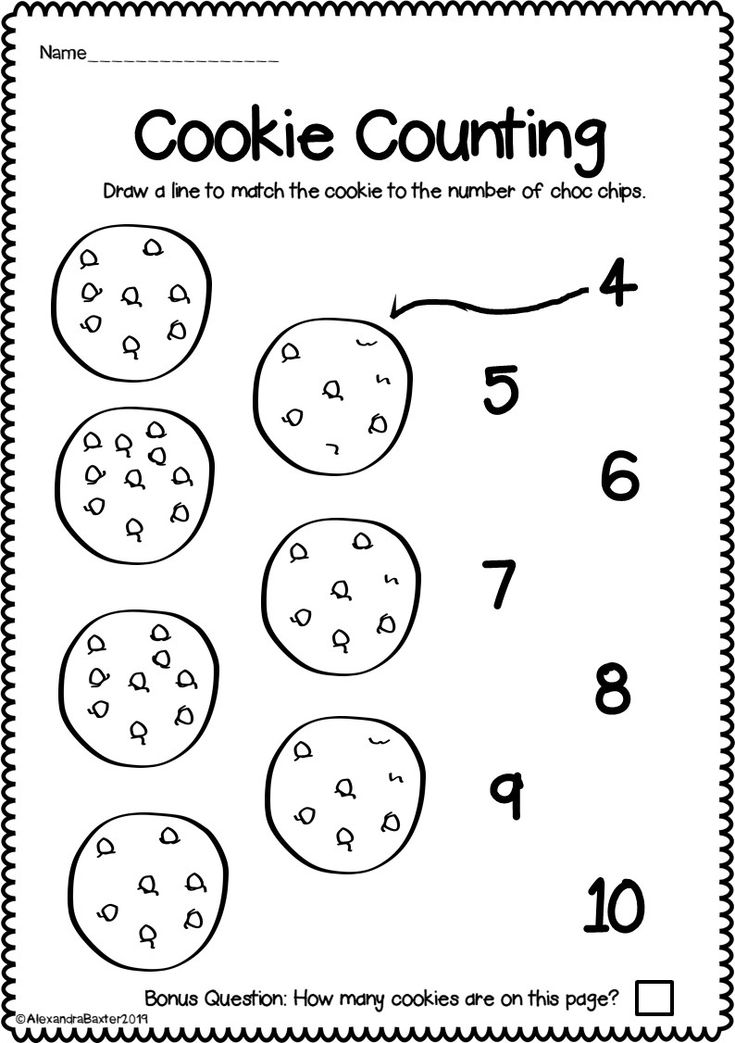 Jamie needed the creative outlet that activities provided to get through the early years of parenting with a smile! Follow Jamie on Pinterest and Instagram!
Jamie needed the creative outlet that activities provided to get through the early years of parenting with a smile! Follow Jamie on Pinterest and Instagram!
Reader Interactions
44 Creative Counting Activities for Preschool
// by Louise Pieterse
Teaching kids how to count may have many parents scratching their heads. How do you liven up such a monotonous activity? Sure you can sing a song or read a book but even those get pretty boring after a while. Here are 44 fun and creative counting activities that you can try at home or in the classroom to get kids counting, and loving it!
1. Uno Cards Counting Activity
This is a quick and easy counting activity and the best part is: you probably have all the supplies already! Simply take some Uno cards and clothes pins and let kids count the number of pins they need to put on each card.
Learn more: Planning Playtime
2. Cup Filling Race
Turn a boring old counting activity into a fast-paced counting race! Let kids roll the dice and put that number of objects in their cups. You can use all sorts of small items like lego blocks, marbles, and pom poms. The first one to fill their cup is crowned counting champion!
Learn more: Frugal Fun 4 Boys
3. Googly Eyes Counting Game
This fun counting game has some hilarious outcomes and will have kids begging to play. Get out your handy bag of googly eyes and draw the outline of some monsters on a blank paper. Start this counting practice by rolling dice to decide how many limbs each monster will have then roll the dice to see how many eyes kids need to place on the monster's head.
Learn more: Days With Grey
4. Mystery Number Game
This fun activity for preschoolers adds a level of magic to a seemingly simple game.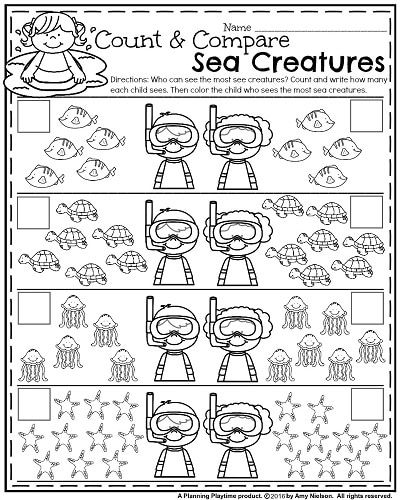 Place a glass casserole dish filled with dark water over a piece of paper with some numbers on it. When kids put a flat-bottom glass into the black water and move it around, they will reveal the numbers hidden underneath. let them search for the numbers in numerical order or roll a die to determine which number is next.
Place a glass casserole dish filled with dark water over a piece of paper with some numbers on it. When kids put a flat-bottom glass into the black water and move it around, they will reveal the numbers hidden underneath. let them search for the numbers in numerical order or roll a die to determine which number is next.
Learn more: Team Cartwright
5. Get Active While Counting
This fun math printable will get their brains working and their bodies moving. Spin both spinning wheels to determine a number and an exercise. Kids have to do the movement but also count as they go along.
Learn more: Play Dough To Plato
6. Ping Pong Eggs Counting Game
An easy way to get kids to learn counting is to combine it with fine motor activity. Write numbers on ping pong balls and mix them in a bowl. Kids need to take a spoon to search for the numbers from 1-6 and place them carefully in an egg tray.
Learn more: Mess For Less
7.
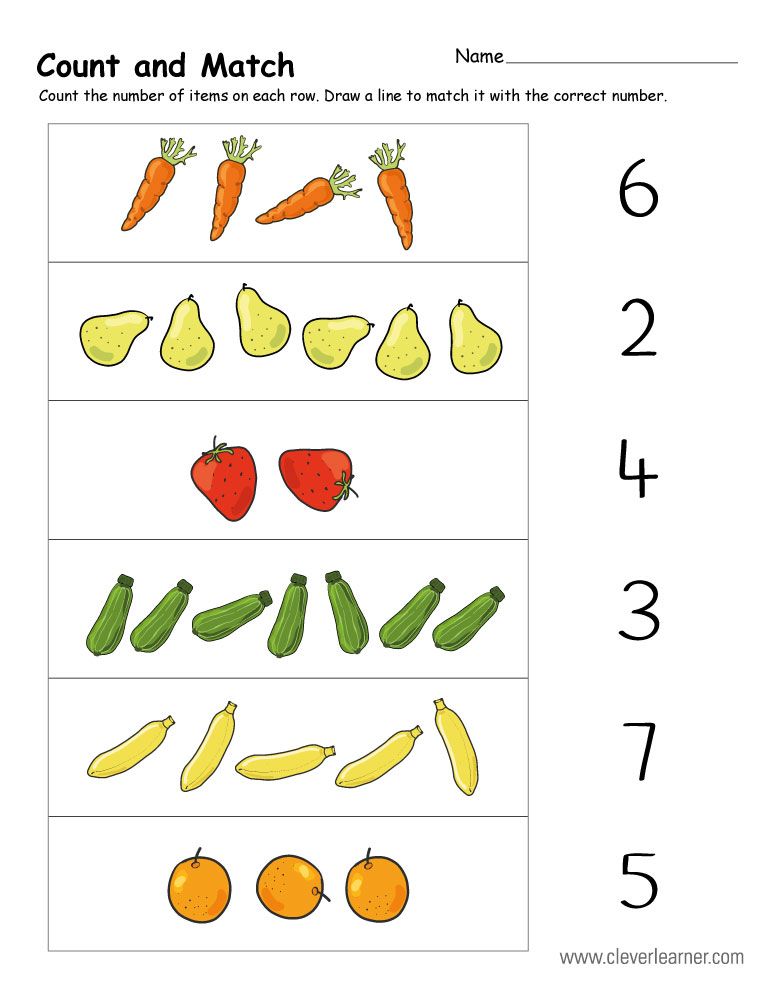 Sum Swamp
Sum Swamp We get it, you don't always have time to follow a DIY approach when it comes to number games, so it's a good idea to have a counting board game as a fun backup. Sum swamp incorporates addition and subtraction and is a simple and fun game to help kids with counting.
Learn more: Game Cows
8. Chocolate Chip Counting Game
If you are going to do the math, you might as well make it delicious right? Print out these cookie or plate printables and have some mini cookies and chocolate chips on hand. Kids count out the number indicated on the page and place the snacks on the sheet. Remember to have lots of extras because a few are bound to go "missing"!
Learn more: Life Over Cs
9. Feed The Hungry Shark
Turn the volume up on "Baby Shark" and let kids work on their counting skills with this fun game. Roll some dice to see how many fish the hungry shark gets. Kids also get to exercise their motor skills as they feed the fish into the shark's mouth.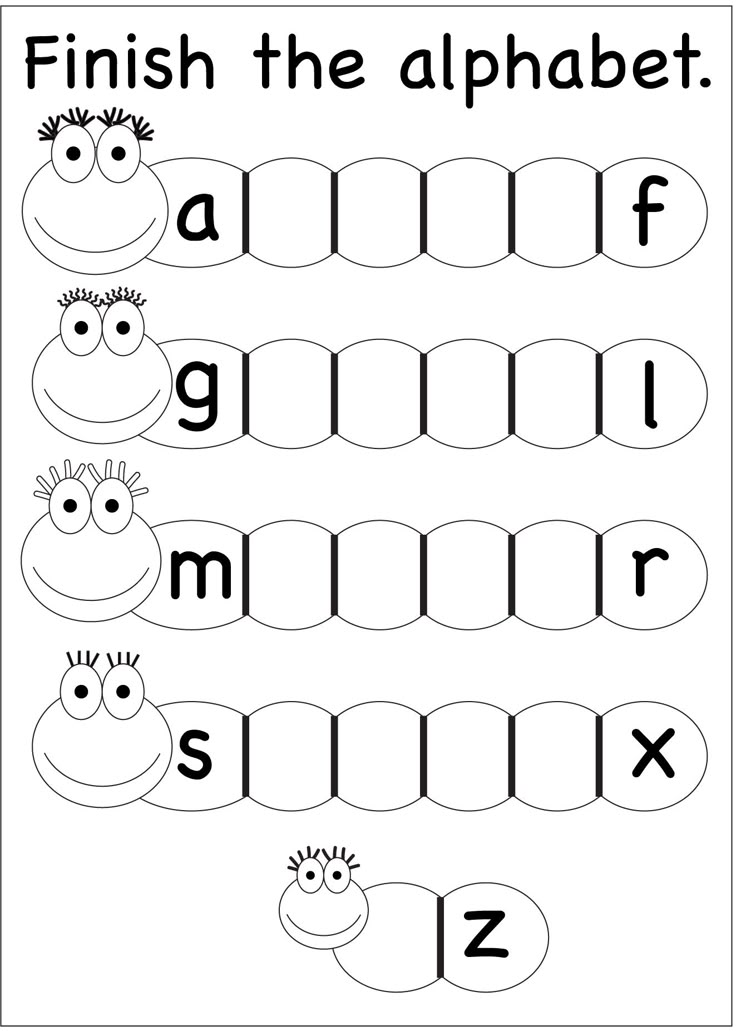
Learn more: High Energy Mommy
10. Skip Counting Lace Boards
This is a great activity for counting, especially if you want to practice skip counting. Write the number sequence out of order on the edge of a paper plate and punch a hole next to each number. Kids must thread some yarn through the holes to get the correct order. You can trace the solution on the back if they need a little helping hand.
Learn more: 123 Home School 4 Me
11. Counting Stew
This is a fun counting activity that can translate into tons of math concepts. Get a tray with a few compartments and add some random items to each space. Give kids a "math stew" recipe and they can count out how many of each object they need. "Eight triangles, five squares, and three circles make the perfect stew."
Learn more: Pocket of Preschool
12. Dice Bingo
Who doesn't love bingo? This is one of the best math activities you can do as it is quick to set up and involves a few skills.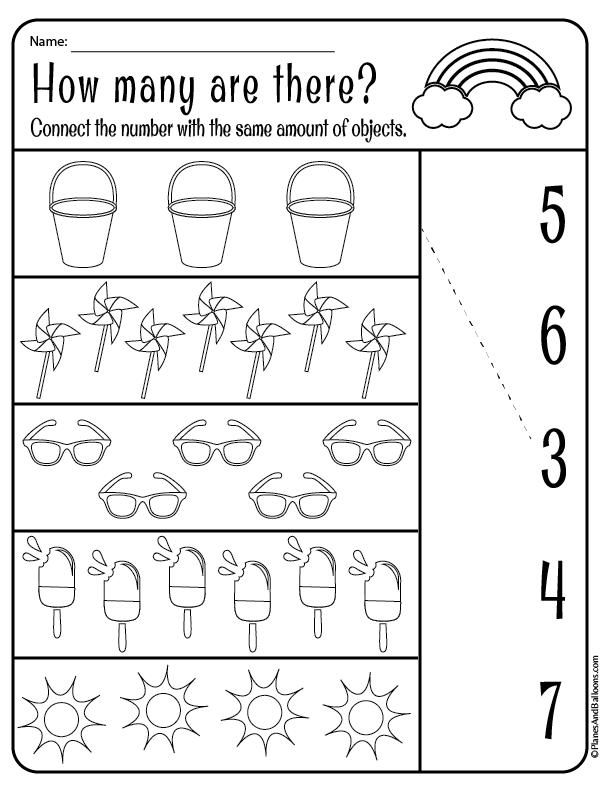 Kids should roll some dice and mark off the blocks on their bingo cards. The first one to complete a row can yell out BINGO!
Kids should roll some dice and mark off the blocks on their bingo cards. The first one to complete a row can yell out BINGO!
Learn more: Activity Mom
13. Coin Counting
Using coins in a counting activity helps you cover a variety of themes and gets kids used to everyday math. Roll a die to pick a number and then select that amount of coins. Let kids count the value of the coins together. If you are working with beginner-level counters, they can use the smallest value of coins to add up to the number on the dice.
Learn more: Earth Mama's World
14. Bug Catching Counting Game
Who would have thought a tub full of bugs can have so many uses? Use them as math materials and let kids count some bugs and catch them in a jar. The best way to do this is to use some tweezers to help them develop their pincer grip while they play.
Learn more: Mrs. Plemon's Kindergarten
15. Number Lacing Maze
Get kindergarten students counting with this creative lace-up maze.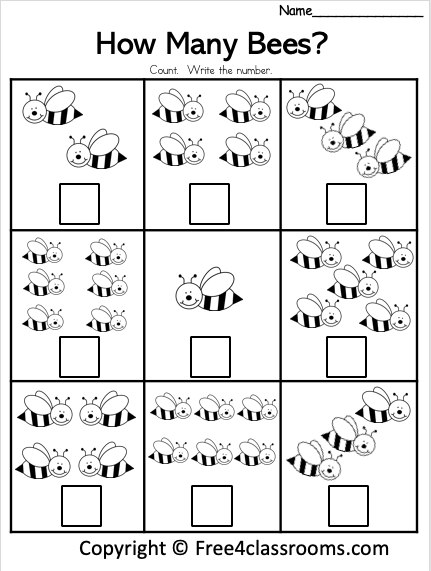 Make loops from colored paper and paste them onto a big piece of cardboard. Number the loops in random order and let kids thread a rope through the loops in numerical order. they can even try and count backward for an extra challenge.
Make loops from colored paper and paste them onto a big piece of cardboard. Number the loops in random order and let kids thread a rope through the loops in numerical order. they can even try and count backward for an extra challenge.
Learn more: How We Learn
16. Pipe Cleaner Activity
This is a quick activity to let kids practice counting and work on their fine motor skills. poke some holes in the bottom of paper cups and write a number on the cup. They should count out pipe cleaners and stick them in the holes.
Learn more: Planning Playtime
17. Apple Tree Counting Cards
These cute flash cards make for a fun counting activity. Use some playdough to roll out bright red apples and place them on the cards to decorate the trees. This activity is fun and simple and can be done over and over without any waste.
Learn more: Tot Schooling
18. Paper Plate Adition
This is another counting activity that is easy to set up and quick to learn.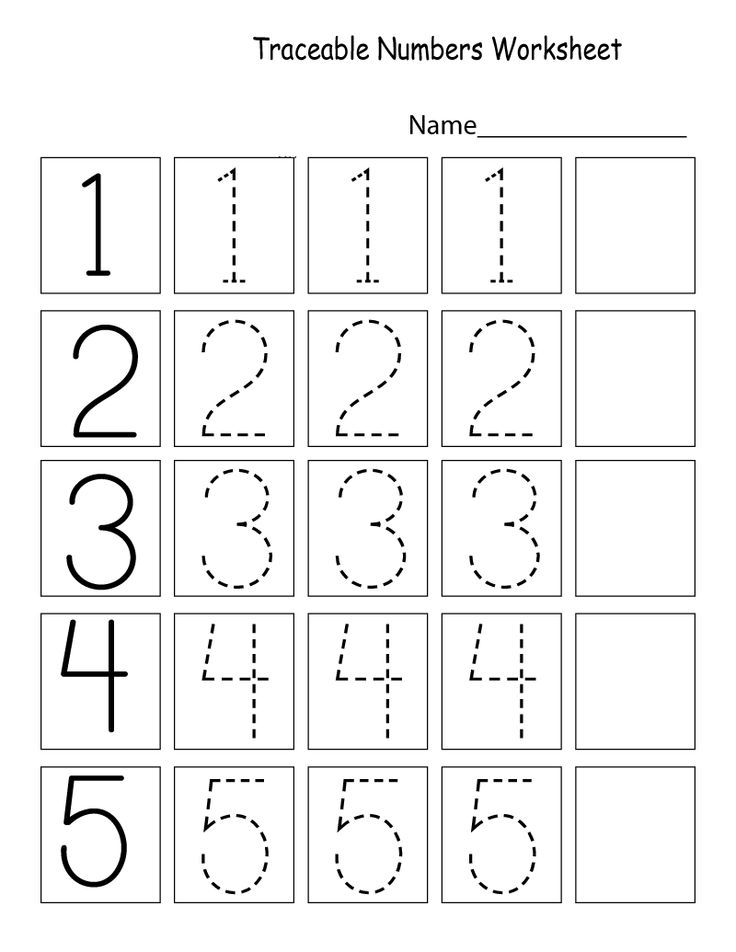 Simply toll a die to determine how many buttons you need to count. Kids count buttons and place them in the smaller 2 sections of the paper plate and then count the total to place it in the larger section.
Simply toll a die to determine how many buttons you need to count. Kids count buttons and place them in the smaller 2 sections of the paper plate and then count the total to place it in the larger section.
Learn more: Creative Family Fun
19. Corn Counting Activity
This fun math idea is perfect for basic foundation skills. Kids roll one or two dice and count how many dots they see. They then find the corresponding number on this adorable printable and place a yellow sticker on their corn.
Learn more: I Heart Crafty Things
20. Bead Counting
This fun activity will have your child practice counting along with doing some color recognition. label some pipe cleaners with sticky notes and write a number on each of them. Kids need to string some beads onto the pipe cleaner to correspond to the number on the label.
Learn more: Kids Activities Blog
21. Pearl Counting
This fun preschool counting activity can easily be tied in with an ocean-themed lesson plan.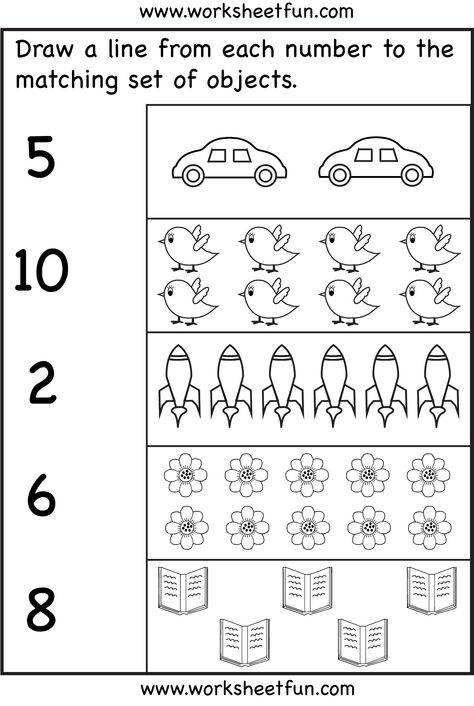 place some clam shells in a tray of sand and write a number inside each of them. Kids can arrange the shells in numerical order if they like. They can then count out the pearls and place the correct number in each shell.
place some clam shells in a tray of sand and write a number inside each of them. Kids can arrange the shells in numerical order if they like. They can then count out the pearls and place the correct number in each shell.
Learn more: Creative World of Varya
22. Fishy Fingerpainting
The best kind of activities combine a wide variety of skills and this one requires cutting, counting, and painting. Kids create a little fish bowl and you can write some numbers on each fish. They should use finger paint to make the right amount of bubbles around each fish.
Learn more: School Time Snippets
23. Go Fishing Counting Game
Everyone remembers this simple fishing game from their childhood and it still holds up. Add some paper clips to numbered fish and let kids go fishing! They can catch the fish numerically, count backward, or even try some addition if they are up to the challenge.
Learn more: Buggy and Buddy
24.
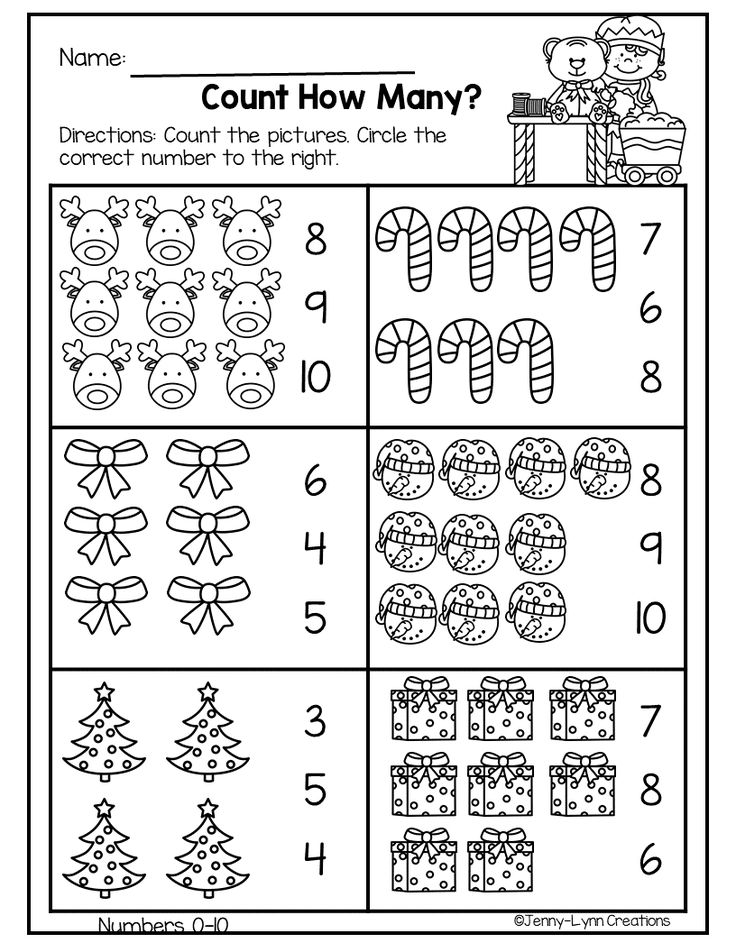 One Fish, Two Fish...
One Fish, Two Fish... Forget about math books, there are plenty of fun nursery rhyme books for preschoolers that teach counting too. This Dr. Seuss classic combines with an easy counting activity where kids can pair up red and blue numbered fish.
Learn more: Creative Family Fun
25. Smack the Number
A fly swatter and some numbers on the wall is an always-popular game to teach the foundation of math. Kids roll a giant die, count the numbers on the die and run to smack the written number on the wall with a fly swatter. You can make it more difficult by telling them to smack the number that comes after the number on the die.
Learn more: Mom Inspired Life
26. Octopus Math
An octopus makes for a fun math companion seeing as he has enough arms to count on! Make a cute picture of an octopus and let kids count out pieces of sequin to stick on its tentacles. They can also use finger paint and make dots if you want a more hands-on counting activity.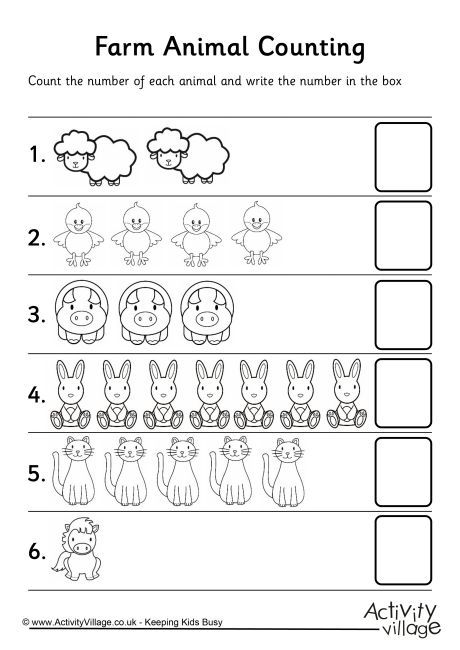
Learn more: Chipman's Corner Preschool
27. Plastic Egg Counting
These plastic easter eggs have endless uses, especially when it comes to activities for preschoolers. Number the top part of the egg with a numeric value and draw that number of dots on the bottom. Kids have to match the two pieces and also count out some counters to put inside the egg.
Learn more: Views From a Stepstool
28. Paper Egg Cracking
Another egg-cellent and simple counting activity are using a mini hole punch and some egg-shaped paper cutouts. Number each egg and let the kids punch the correct number of holes in each egg.
Learn more: Modern Preschool
29. Craft Hands Counting Activity
Create this fun craft to combine finger counting and the idea of an abacus. Kids can trace their hands and cut them out and use these to count on. Add a string of 10 beads in the middle that they will also use as counters.
Learn more: Hello Wonderful
30. Apple Seed Counting
An apple seed counting game is a fun and mess-free game for young learners. Simply print out the outline of an apple and grab a bowl of seeds or black beans. Kids roll the die and see how many seeds they need to place on the apple.
Learn more: ABCs to ACTs
31. Rain Chain
Add this simple counting activity to a rainy-day lesson plan. Print or cut out some cloud shapes and number them. Let kids make paperclip links using as much paperclips as the cloud indicates to make it look like rain.
Learn more: Turner Tots
32. Card and Button Counting
A deck of cards is a must-have if you are doing counting activities. Let kids lay out the cards from 1 to 10 and count out some buttons to place on top of each card. It seems simple enough but from there you can ask all kinds of math-related questions as kids can see the value of the numbers in front of them.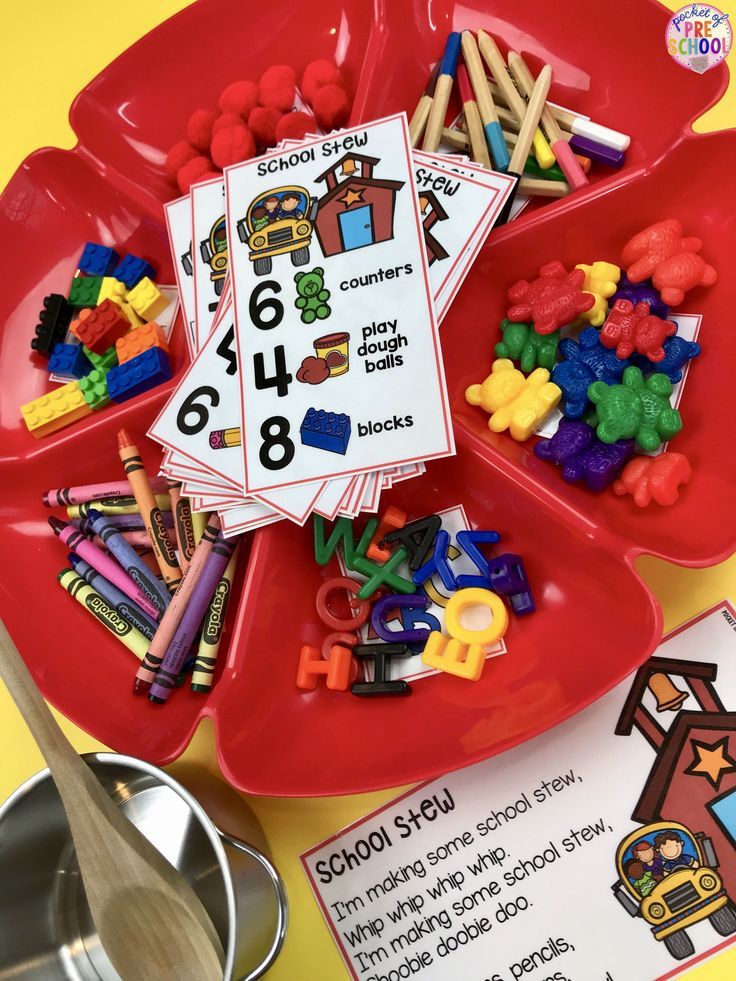
Learn more: Busy Toddler
33. Sensory Bin Counting
A sensory bin can be adapted to just about any theme or subject imaginable. This is a fun fall-themed bin using pumpkin seeds and little pumpkins made out of egg cartons. Number the inside of each pumpkin and let kids count out how many seeds they have to put inside each of them.
Learn more: Taming Little Monsters
34. Counting Fries
This game is a fun excuse to eat some junk food (just to save the containers!). Cut some "fries" out of a sponge and number the fry boxes with different numbers. Kids can use tongs to place the sponge fries in the box and see who can yell "order up" the fastest.
Learn more: Craft Gossip
35. Pizza Building
Aren't food-themed games just the best? This adorable pizza-building printable comes with some recipes and lots of ingredients. Cut them all out and get counting and building! Just have the pizza guy on speed dial because this game is sure to work up an appetite.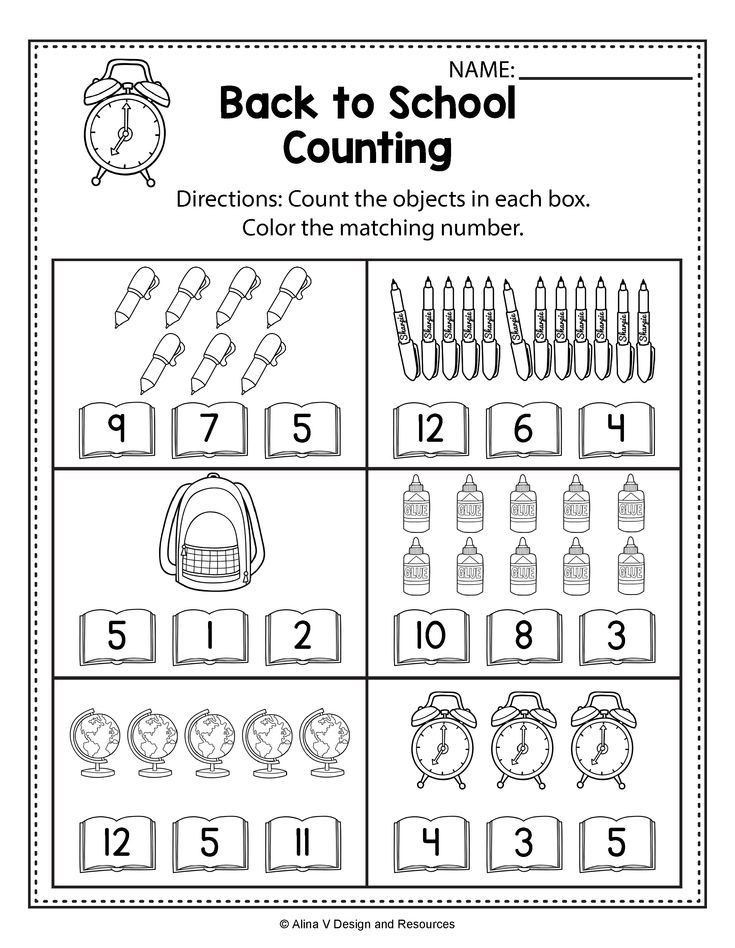
Learn more: Primary Flourish
36. Tooth Counting
Combine a lesson on dental hygiene with this out-of-the-box counting activity. Print out the template of a mouth with numbered teeth and take out some cotton balls to begin the game. Kids get to roll some dice to see how many teeth they need to add to the mouth. Use addition and subtraction dice to make it more complicated and let kids use tweezers to add the cotton balls.
Learn more: Snap Widget
37. Corn Kernel Counting
These adorable cutouts will take some time to make but you can use them over and over again. Let kids count out the corn kernels and add them to each ear. You can even make some popcorn as a surprise treat after the activity is done.
Learn more: ABCDee Learning
38. What's Missing?
Do this activity with rocks to add another level of tactile learning to the game. Print out some trips with a number sequence on them but leave out a few of the numbers. Kids must recognize the sequence and add the missing number to the strip of paper by placing the numbered rock into the line.
Kids must recognize the sequence and add the missing number to the strip of paper by placing the numbered rock into the line.
Learn more: You Clever Monkey
39. Domino Counting
Dram some circles on the floor (just make sure it is erasable markers!) and number each of them. Let the kids count the total number of dots on a domino and place the domino in the correct circle.
Learn more: Beyond Traditional Math
40. Pop the Number
These fidget poppers have tons of uses when it comes to learning math. One of the easiest ways is to take a die and let kids pop as many circles as the dice indicates until they have popped the whole thing.
Learn more: Teaching Mama
41. Playdough Mats
Use these cute dough mats to let kids count playdough balls. They can make the number out of clay, add some raindrops in the clouds and make the correct number of shapes to place in the empty squares.
Learn more: Kindergarten Worksheets and Games
42. Mitton Button Counting
This is another fun way to use your giant bowl of buttons that you inexplicably have. Lay out some mitten printables and let kids count the number of buttons they need to place on each one.
Learn more: Play to Learn Preschool
43. Playdough Counting Garden
Playdough play time is every kid's favorite time of day, so why not make it a time for learning? Use number stamps to print a number in the middle of a clay flower and let kids add that same number of petals to the flower.
Learn more: Fantastic Fun and Learning
44. I Spy Counting Tray
Transform I-Spy into a fun counting game with number trays. Kids give clues as to what they spy on a tray like "I spy something blue". Once the item has been guessed, kids can count the attributes of the given object like the four corners of a square or the five arms of a starfish.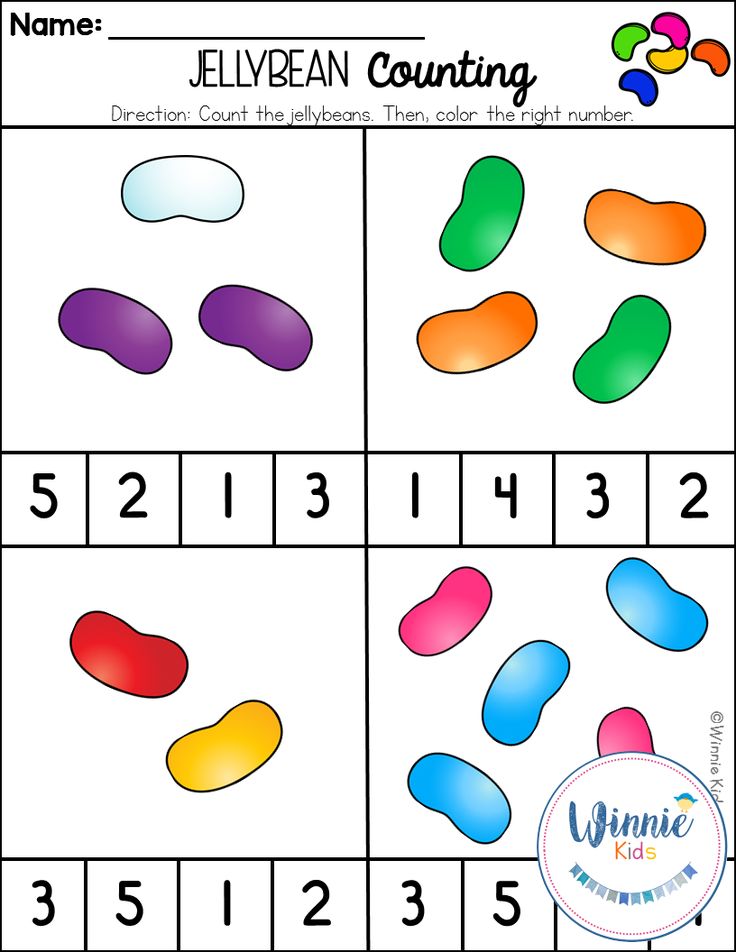
Learn more: Play, Teach, Repeat
Related posts:
Category: Classroom Ideas
Description of the stages of development of counting activity among preschoolers
posted at http://www.allbest.ru/
Introduction
"…Mathematics is a chain of concepts: one a link - and the future will not be clear. N.K. Krupskaya. 1
One of the most complex knowledge, skills and abilities, included in the content of the public experiences that are being acquired by young people. generations, are mathematical. They are abstract, their operation requires systems of complex mental actions. In everyday life, at home and in games child starts early face situations that require the use, albeit elementary, but still a mathematical solution (prepare a treat for friends, cover table for dolls, divide candy equally etc.), knowledge of relations such as many, few, more, less, equally, ability to determine the number of objects in the set, choose the appropriate the number of elements in the set, etc.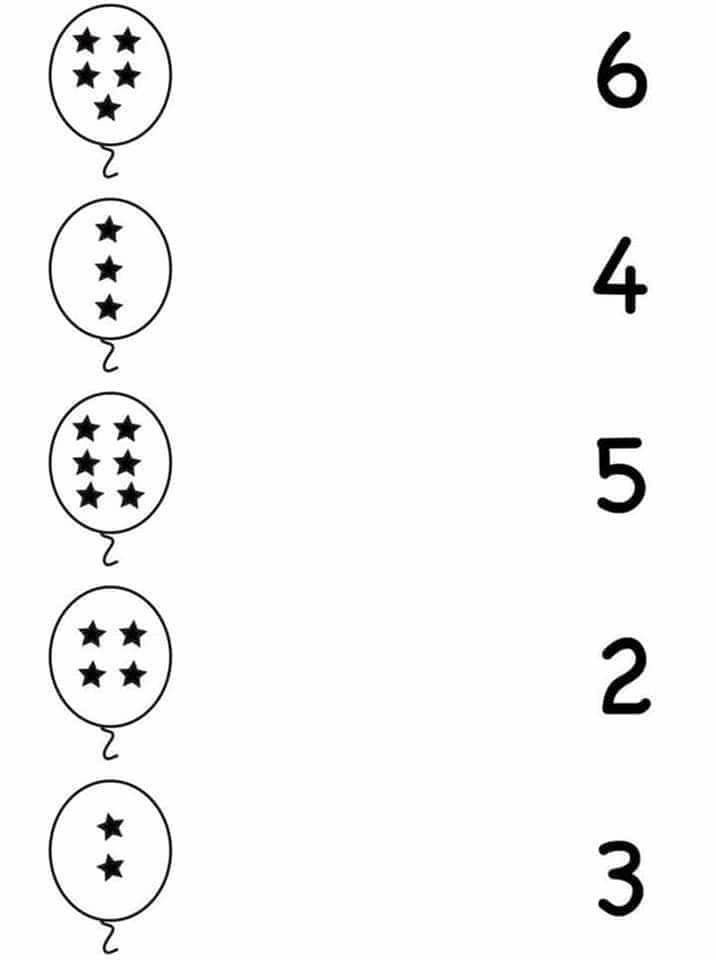 e. First with the help of adults, and then independently, children resolve emerging Problems. Thus, already in preschool children are introduced to math content and master elementary computational skills, and the formation they have elementary math performance is one of the most important directions of work of preschool institutions. nine0003
e. First with the help of adults, and then independently, children resolve emerging Problems. Thus, already in preschool children are introduced to math content and master elementary computational skills, and the formation they have elementary math performance is one of the most important directions of work of preschool institutions. nine0003
Modern psychological and pedagogical research prove that the assimilation of preschoolers mathematical representation systems has a qualitative effect on the course of their mental development, provides readiness to study at school (G.A. Korneeva, A.M. Leushina, 3.A. Mikhailova, N.I. Nepomnyashchaya, R.L. Nepomniachtchaya, F. Pali, J. Pali, T.D. Richterman, E.V. Serbina, E.V. Solovyova, A.A. Stolyar, T.V. Taruntaeva, E.V. Shcherbakov and others).
At the absence of a specially organized learning mathematical development in preschool age is slow and does not reach the level required to ensure further development of cognitive activity child to be successful in school.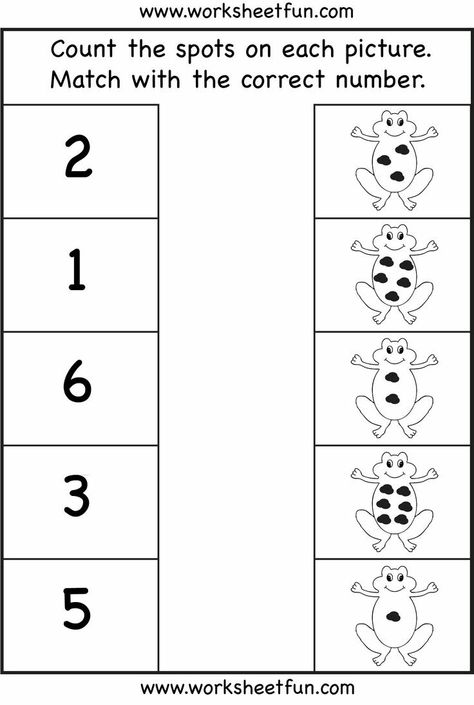 nine0003
nine0003
Content mathematical representations formed in preschool children, very varied. It holds a special place quantitative representations.
This topic is today quite relevant, since the formation quantitative representations in children preschool age is for many educators a difficult section in work that requires great perseverance, clear system and sequence.
nine0005 Account is an activity with end sets. Account includes structural components :
-
goal (express the number of items as a number),
-
funds achievements (a counting process consisting from a series of actions,
reflective degree of development of activity),
result accounts, that is, a summary, a generalization. Working out ability to answer the question "how much?" words many, few, one two, so many same, equally, more than… speeds up the process of children's understanding of knowledge the final number when counting.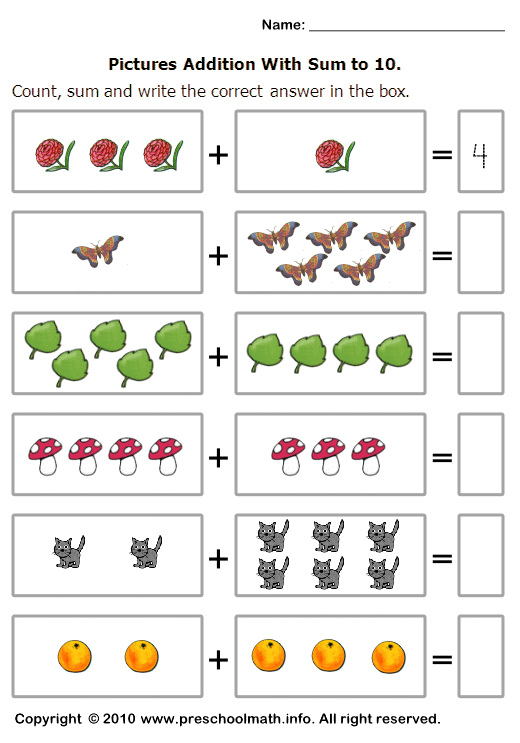 nine0003
nine0003
From the theory of arithmetic knows that account is the establishment of a one-to-one correspondence of elements between two compared sets.
initially accounting activity is clean practical: children begin compare sets without knowing about number. Such a comparison would small child to judge, for example, about that he was given less candy than his brother. The kid can't tell how did he know it, but observations of his behavior show that this comparison he does by matching one item with others, as if comparing them in pairs. Visual comparison of elements one set with elements of another allows the child to judge equality and inequality of sets, and based on such a comparison the child expresses your judgment. Even the smallest children mastered the techniques of practical quantitative comparison of sets, begin to distinguish them well. nine0003
Many studies have shown great importance this stage for further development counting activities of children. Meanwhile this stage was not given due long time values in the learning process account of children of three years. 2 Teaching children how to compare sets by comparisons of elements of one set with elements of another, children by four years, they begin to clearly understand that Every set is made up of parts. and be careful to compare one thing with another. Set manipulations serve propaedeutics of future counting activity children, it becomes especially obvious when all movements with objects accompanied by the repetition of one the same word: "Here ... here ... here," etc. The word helps to highlight an element from a plurality of similar objects, movements. Necessary from early age not only teach children to distinguish "many" and "one", but also to form the idea of a multitude structural and holistic unity, as well as clear perception of individual elements, forming a set. nine0003
Meanwhile this stage was not given due long time values in the learning process account of children of three years. 2 Teaching children how to compare sets by comparisons of elements of one set with elements of another, children by four years, they begin to clearly understand that Every set is made up of parts. and be careful to compare one thing with another. Set manipulations serve propaedeutics of future counting activity children, it becomes especially obvious when all movements with objects accompanied by the repetition of one the same word: "Here ... here ... here," etc. The word helps to highlight an element from a plurality of similar objects, movements. Necessary from early age not only teach children to distinguish "many" and "one", but also to form the idea of a multitude structural and holistic unity, as well as clear perception of individual elements, forming a set. nine0003
in development of counting activity.
at children of the third year of life and is considered like a second stage in development of counting activity.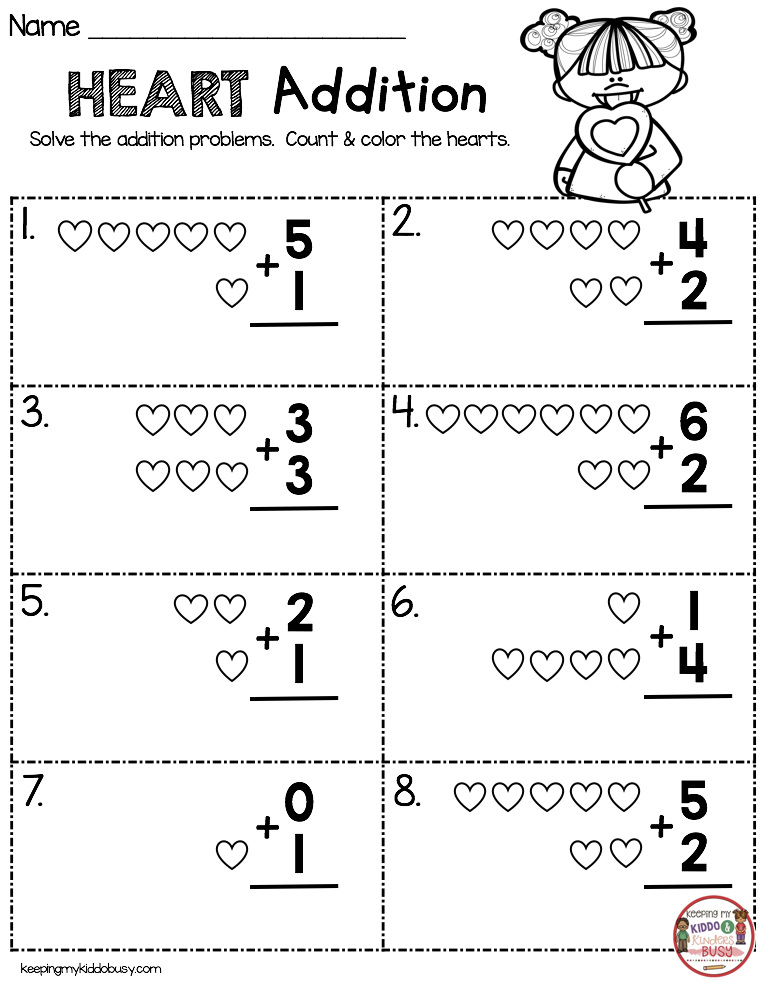
Then, starting from practical actions with an indefinite number of identical subjects, learning quantitative comparison of sets, but not yet able to count without knowing the names of numbers, exercising further in comparing sets based on counting with numbers, kids gradually rise to abstraction numbers, up to an abstract representation about the number as an indicator of power sets. Children 2-3 years old clearly distinguish equality and inequality of quantitative groups and are already prepared for assimilation counting with the help of words - numerals. nine0003
elements compared sets starts to turn on sequential naming of words numerals. Occurs on this stage of familiarization of children with naming counting, learning how to answer the question "how much?", while naming the last number to count. item count, preliminary comparison of them, for example, 1 and 2, 3 and 2, 3 and 4, is carried out by the teacher, and children, watching the counting process, answer to the questions: “How many dolls are there? Bears? Because teddy bears and dolls? (equally, according to three).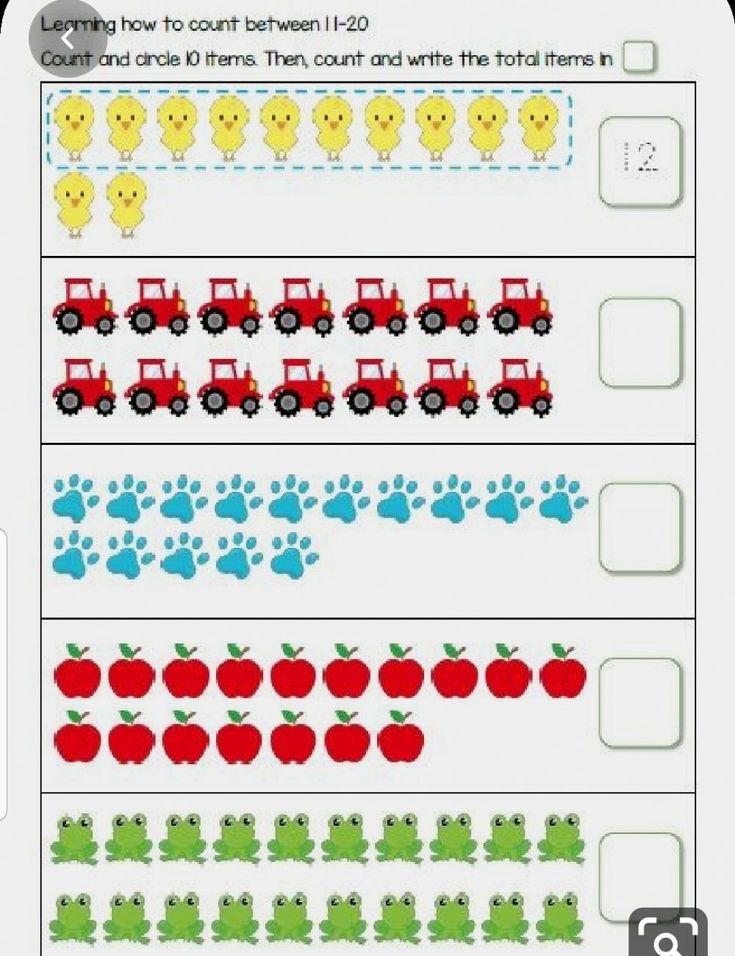 What is more (less)? nine0003
What is more (less)? nine0003
Understanding the significance of the final number when counting absorbed by children more quickly. They are differentiate the result of the account from the process accounts, which is very important for this stage. Children at this stage are not immediately learn to count objects in large quantity. Comparing two sets, consisting of an equal number elements, or two sets, one of which will contain one the element is larger, children at four years old learn count using numerals first within five, and later (5-6 years old) master the account and within ten. nine0003
Exercise the account is preceded by an analysis of the composition objects, highlighting common features, location method. In the process of studying tasks are constantly changing, value equal and unequal items (2 and 3, 3 and 3, 3 and 4, etc.) with familiarization with the account for each number shows how to get it. In the course of an explanation combined with a demonstration The teacher introduces the children to the rules accounts: showing hand items, starting from the first, i. e. located on the left should be called at the same time. consecutive numbers. After naming number corresponding to the last a number of subjects, it is important to emphasize children's attention with a circular hand movements and answer the question "how many?". The numbers are clearly strictly in order, and themselves items being counted are not named. Objects should be named only when summing up the score (“All 5 squares”). At the very beginning of training, the set should draw children's attention to the need correlation of the first object in a row with number one, and not with the word times, which has place in counting rhymes, everyday life. nine0003
e. located on the left should be called at the same time. consecutive numbers. After naming number corresponding to the last a number of subjects, it is important to emphasize children's attention with a circular hand movements and answer the question "how many?". The numbers are clearly strictly in order, and themselves items being counted are not named. Objects should be named only when summing up the score (“All 5 squares”). At the very beginning of training, the set should draw children's attention to the need correlation of the first object in a row with number one, and not with the word times, which has place in counting rhymes, everyday life. nine0003
On at this stage, it is necessary to focus on developing numeracy skills from left to right, pick up items one at a time right hand and lay out their glory right. This circumstance is necessary for further teaching writing, reading, although in determining the amount of special does not play a role.
Education account is accompanied by conversations with children on the appointment, application of the account in different types of activities.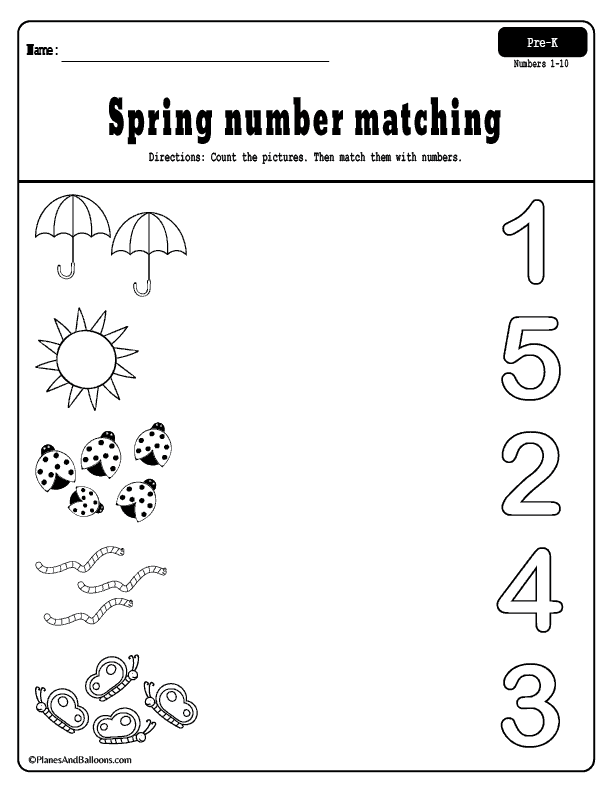 Gradually preschoolers move on to item counting household, toys. The educator must strive to ensure that the account is used children everywhere and number along with quantitative and spatial featured items would help children better navigate the environment reality. nine0003
Gradually preschoolers move on to item counting household, toys. The educator must strive to ensure that the account is used children everywhere and number along with quantitative and spatial featured items would help children better navigate the environment reality. nine0003
assimilate naming sequence numerals, more accurately correlate numeral with each element of the set regardless of the form of its location and the quality of its elements. They not only begin to understand the meaning of the latter numbers as a final but also begin be aware that the number indicates equivalence of sets independently from their spatial-qualitative features that it always serves just a measure of quantity.
AT during acquaintance with the education of each from natural numbers within 5 Attention is drawn to the method of receipt new (larger) number by adding one item. Take two groups items (trees and mushrooms) are compared (as many as, equally, three, the same amount).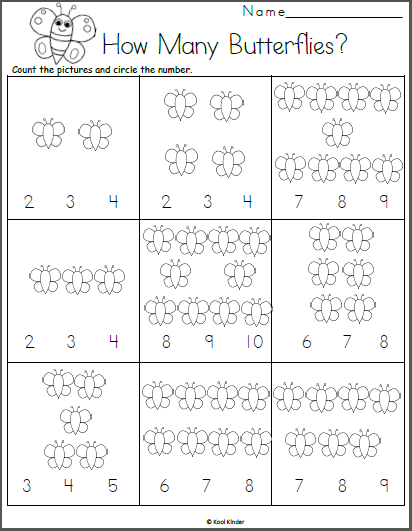 Then added one item (another mushroom has grown), find out what is more or less (there are more mushrooms than trees, fewer trees, than mushrooms). What needs to be done to find out how many mushrooms have become? On display counting method within 4. after that both sets are compared again. The teacher emphasizes that the Christmas trees are left the former quantity (3), and the quantity mushrooms increased, there were more of them - 4, since another mushroom has been added. nine0003
Then added one item (another mushroom has grown), find out what is more or less (there are more mushrooms than trees, fewer trees, than mushrooms). What needs to be done to find out how many mushrooms have become? On display counting method within 4. after that both sets are compared again. The teacher emphasizes that the Christmas trees are left the former quantity (3), and the quantity mushrooms increased, there were more of them - 4, since another mushroom has been added. nine0003
basis units when considered no longer separate objects, and groups consisting of several items. Children learn that the unit accounts can be a whole group, not just a single item.
schools, where, practicing counting with different unit base, children learn to count by tens. During developing counting activity children develop a range of concepts, and also develops a new type of activity - measurement. Using the account first bleaching items, then groups, measuring one or another length by various conditional by standards, and then by generally accepted measures, measuring liquid and granular bodies, measuring temperature of water, air in degrees, measuring the duration and fluidity of time hours, children master the concept of number, which is developing. nine0003
nine0003
AT work on the development of quantitative representations must be taken into account work of various analyzers of the child. All sensations transmitted to the cortex brain, serve as the basis formation of ideas about the indefinite many different phenomena. On different stages of perception of the multitude and its elements analyzers play different role. kinesthetic analyzer plays leading role as the most counting activities and ideas about set. Counting out of motion is not possible. For example, we consider without resorting to hand movements, but we count with our eyes, shift their gaze from one object on another. During early childhood the role of the visual analyzer is enhanced, when the child's attention is drawn to the boundaries of the set, when the first turn they are fixed. As a result memorizing number words, even spoken in order are not than other than a speech-motor stereotype, rather than understanding the meaning of the number. AND rhythmic naming of counting words or word-numerals helps more clearly distinguish between individual set elements perceived on hearing and reproducible in motion.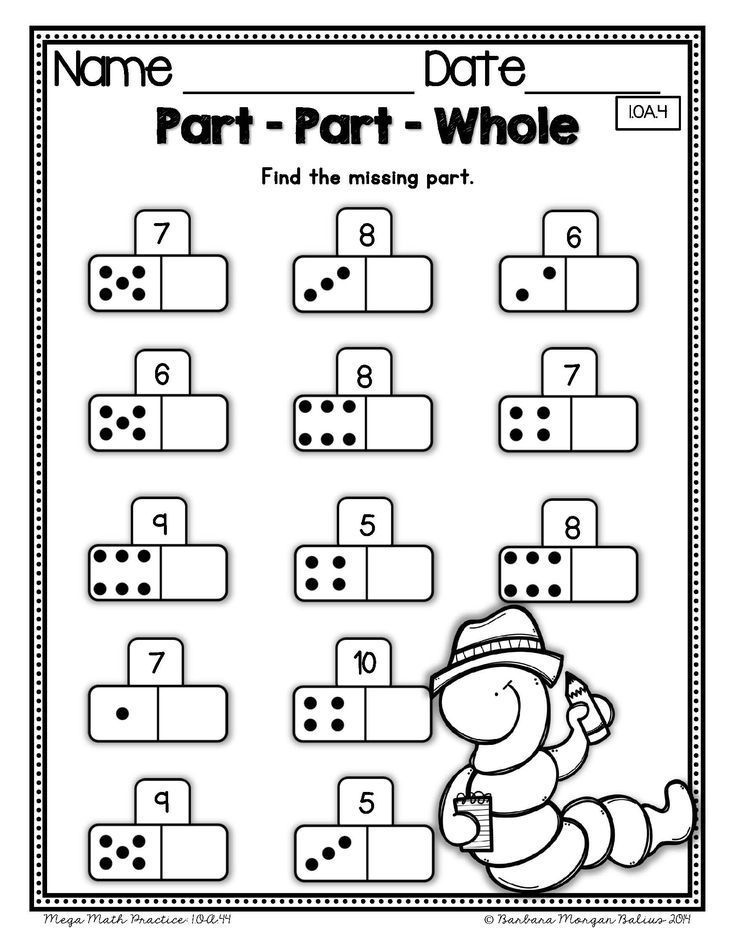 nine0003
nine0003
So way, if in primary preschool age of knowledge of numbers of sets based on sensory perception gradual assimilation of EMF raises the level of development of children to mediated their assessments, which serves as the basis for development of new activities in children - calculations. She deals with numbers as abstract concepts, while how counting deals with specific sets (objects, sounds, movements, volumes, etc.), which are perceived as different analyzers. nine0003
Conditions for teaching counting to preschool children
%PDF-1.5 % 10 obj > /Metadata 4 0R >> endobj 5 0 obj /Title >> endobj 20 obj > endobj 3 0 obj > endobj 40 obj > stream
 32 841.92] /Contents[86 0 R 87 0 R 88 0 R] /group> /Tabs /S /StructParents 0 /Annots [89 0R] >> endobj 70 obj > /ExtGState> /ProcSet [/PDF /Text /ImageB /ImageC /ImageI] >> /MediaBox [0 0 595.32 841.92] /Contents 91 0R /group> /Tabs /S /StructParents 5 >> endobj 80 obj > /ExtGState> /ProcSet [/PDF /Text /ImageB /ImageC /ImageI] >> /MediaBox [0 0 595.32 841.92] /Contents 92 0R /group> /Tabs /S /StructParents 8 >> endobj 9 0 obj > /ExtGState> /ProcSet [/PDF /Text /ImageB /ImageC /ImageI] >> /MediaBox[0 0 595.32 841.92] /Contents 93 0 R /group> /Tabs /S /StructParents 9 >> endobj 10 0 obj > /ExtGState> /ProcSet [/PDF /Text /ImageB /ImageC /ImageI] >> /MediaBox [0 0 595.32 841.92] /Contents 94 0 R /group> /Tabs /S /StructParents 10 >> endobj 11 0 obj > /ExtGState> /ProcSet [/PDF /Text /ImageB /ImageC /ImageI] >> /MediaBox [0 0 595.32 841.92] /Contents 96 0 R /group> /Tabs /S /StructParents 11 >> endobj 12 0 obj > /ExtGState> /ProcSet [/PDF /Text /ImageB /ImageC /ImageI] >> /MediaBox[0 0 595.
32 841.92] /Contents[86 0 R 87 0 R 88 0 R] /group> /Tabs /S /StructParents 0 /Annots [89 0R] >> endobj 70 obj > /ExtGState> /ProcSet [/PDF /Text /ImageB /ImageC /ImageI] >> /MediaBox [0 0 595.32 841.92] /Contents 91 0R /group> /Tabs /S /StructParents 5 >> endobj 80 obj > /ExtGState> /ProcSet [/PDF /Text /ImageB /ImageC /ImageI] >> /MediaBox [0 0 595.32 841.92] /Contents 92 0R /group> /Tabs /S /StructParents 8 >> endobj 9 0 obj > /ExtGState> /ProcSet [/PDF /Text /ImageB /ImageC /ImageI] >> /MediaBox[0 0 595.32 841.92] /Contents 93 0 R /group> /Tabs /S /StructParents 9 >> endobj 10 0 obj > /ExtGState> /ProcSet [/PDF /Text /ImageB /ImageC /ImageI] >> /MediaBox [0 0 595.32 841.92] /Contents 94 0 R /group> /Tabs /S /StructParents 10 >> endobj 11 0 obj > /ExtGState> /ProcSet [/PDF /Text /ImageB /ImageC /ImageI] >> /MediaBox [0 0 595.32 841.92] /Contents 96 0 R /group> /Tabs /S /StructParents 11 >> endobj 12 0 obj > /ExtGState> /ProcSet [/PDF /Text /ImageB /ImageC /ImageI] >> /MediaBox[0 0 595.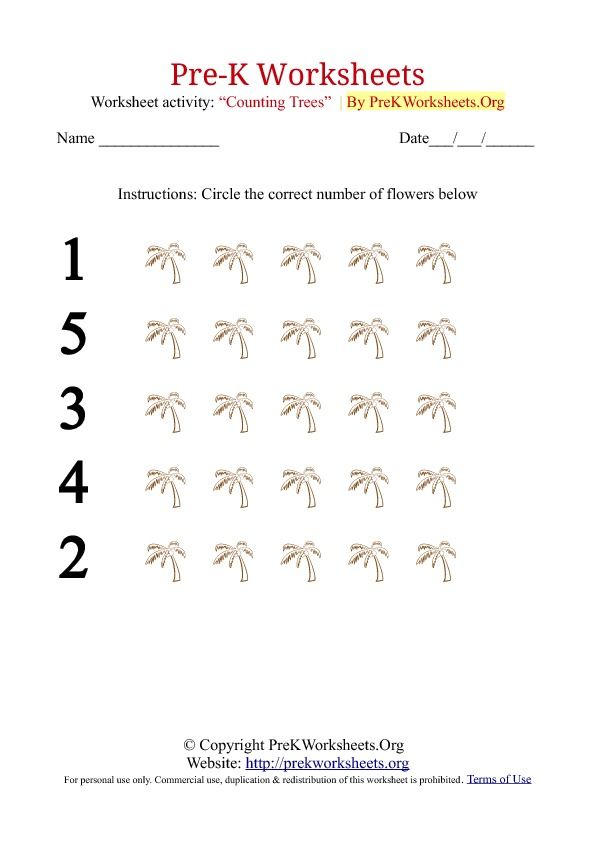 32 841.92] /Contents 97 0 R /group> /Tabs /S /StructParents 12 >> endobj 13 0 obj > /ExtGState> /ProcSet [/PDF /Text /ImageB /ImageC /ImageI] >> /MediaBox [0 0 595.32 841.92] /Contents 98 0 R /group> /Tabs /S /StructParents 13 >> endobj 14 0 obj > /ExtGState> /ProcSet [/PDF /Text /ImageB /ImageC /ImageI] >> /MediaBox [0 0 595.32 841.92] /Contents 99 0 R /group> /Tabs /S /StructParents 14 >> endobj 15 0 obj > /ExtGState> /ProcSet [/PDF /Text /ImageB /ImageC /ImageI] >> /MediaBox[0 0 595.32 841.92] /Contents 100 0R /group> /Tabs /S /StructParents 15 >> endobj 16 0 obj > /ExtGState> /ProcSet [/PDF /Text /ImageB /ImageC /ImageI] >> /MediaBox [0 0 595.32 841.92] /Contents 103 0 R /group> /Tabs /S /StructParents 16 >> endobj 17 0 obj > /ExtGState> /ProcSet [/PDF /Text /ImageB /ImageC /ImageI] >> /MediaBox [0 0 595.32 841.92] /Contents 104 0 R /group> /Tabs /S /StructParents 17 >> endobj 18 0 obj > /ExtGState> /ProcSet [/PDF /Text /ImageB /ImageC /ImageI] >> /MediaBox[0 0 595.32 841.92] /Contents 105 0 R /group> /Tabs /S /StructParents 18 >> endobj 19 0 obj > /ExtGState> /ProcSet [/PDF /Text /ImageB /ImageC /ImageI] >> /MediaBox [0 0 595.
32 841.92] /Contents 97 0 R /group> /Tabs /S /StructParents 12 >> endobj 13 0 obj > /ExtGState> /ProcSet [/PDF /Text /ImageB /ImageC /ImageI] >> /MediaBox [0 0 595.32 841.92] /Contents 98 0 R /group> /Tabs /S /StructParents 13 >> endobj 14 0 obj > /ExtGState> /ProcSet [/PDF /Text /ImageB /ImageC /ImageI] >> /MediaBox [0 0 595.32 841.92] /Contents 99 0 R /group> /Tabs /S /StructParents 14 >> endobj 15 0 obj > /ExtGState> /ProcSet [/PDF /Text /ImageB /ImageC /ImageI] >> /MediaBox[0 0 595.32 841.92] /Contents 100 0R /group> /Tabs /S /StructParents 15 >> endobj 16 0 obj > /ExtGState> /ProcSet [/PDF /Text /ImageB /ImageC /ImageI] >> /MediaBox [0 0 595.32 841.92] /Contents 103 0 R /group> /Tabs /S /StructParents 16 >> endobj 17 0 obj > /ExtGState> /ProcSet [/PDF /Text /ImageB /ImageC /ImageI] >> /MediaBox [0 0 595.32 841.92] /Contents 104 0 R /group> /Tabs /S /StructParents 17 >> endobj 18 0 obj > /ExtGState> /ProcSet [/PDF /Text /ImageB /ImageC /ImageI] >> /MediaBox[0 0 595.32 841.92] /Contents 105 0 R /group> /Tabs /S /StructParents 18 >> endobj 19 0 obj > /ExtGState> /ProcSet [/PDF /Text /ImageB /ImageC /ImageI] >> /MediaBox [0 0 595.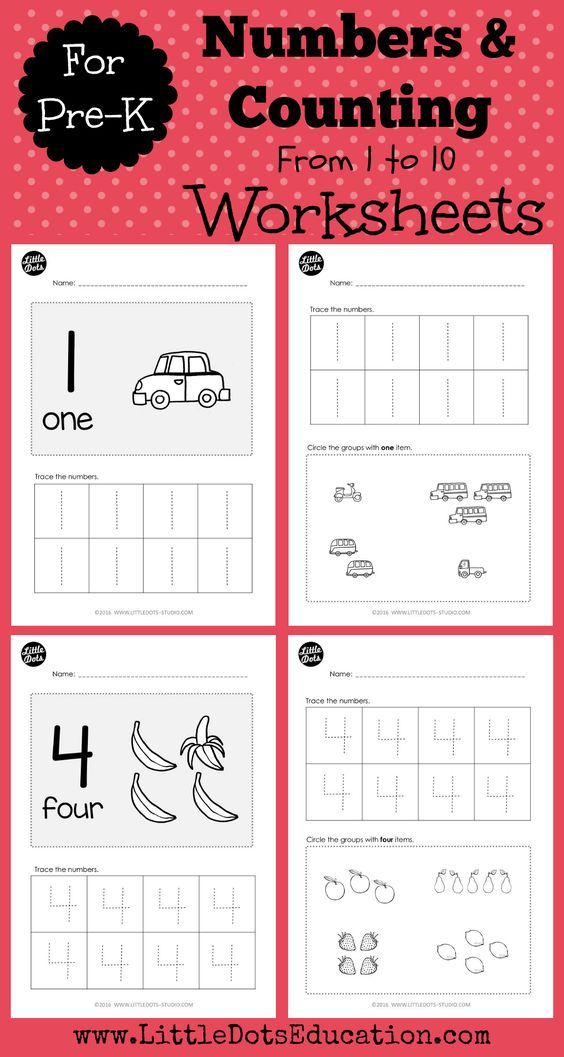 32 841.92] /Contents 106 0 R /group> /Tabs /S /StructParents 19 >> endobj 20 0 obj > /ExtGState> /ProcSet [/PDF /Text /ImageB /ImageC /ImageI] >> /MediaBox [0 0 595.32 841.92] /Contents 107 0 R /group> /Tabs /S /StructParents 20 >> endobj 21 0 obj > /ExtGState> /ProcSet [/PDF /Text /ImageB /ImageC /ImageI] >> /MediaBox[0 0 595.32 841.92] /Contents 108 0R /group> /Tabs /S /StructParents 21 >> endobj 22 0 obj > /ExtGState> /ProcSet [/PDF /Text /ImageB /ImageC /ImageI] >> /MediaBox [0 0 595.32 841.92] /Contents 109 0 R /group> /Tabs /S /StructParents 22 >> endobj 23 0 obj > /ExtGState> /ProcSet [/PDF /Text /ImageB /ImageC /ImageI] >> /MediaBox [0 0 595.32 841.92] /Contents 110 0 R /group> /Tabs /S /StructParents 23 >> endobj 24 0 obj > /ExtGState> /ProcSet [/PDF /Text /ImageB /ImageC /ImageI] >> /MediaBox[0 0 595.32 841.92] /Contents 111 0 R /group> /Tabs /S /StructParents 24 >> endobj 25 0 obj > /ExtGState> /ProcSet [/PDF /Text /ImageB /ImageC /ImageI] >> /MediaBox [0 0 595.32 841.92] /Contents 112 0 R /group> /Tabs /S /StructParents 25 >> endobj 26 0 obj > /ExtGState> /ProcSet [/PDF /Text /ImageB /ImageC /ImageI] >> /MediaBox [0 0 595.
32 841.92] /Contents 106 0 R /group> /Tabs /S /StructParents 19 >> endobj 20 0 obj > /ExtGState> /ProcSet [/PDF /Text /ImageB /ImageC /ImageI] >> /MediaBox [0 0 595.32 841.92] /Contents 107 0 R /group> /Tabs /S /StructParents 20 >> endobj 21 0 obj > /ExtGState> /ProcSet [/PDF /Text /ImageB /ImageC /ImageI] >> /MediaBox[0 0 595.32 841.92] /Contents 108 0R /group> /Tabs /S /StructParents 21 >> endobj 22 0 obj > /ExtGState> /ProcSet [/PDF /Text /ImageB /ImageC /ImageI] >> /MediaBox [0 0 595.32 841.92] /Contents 109 0 R /group> /Tabs /S /StructParents 22 >> endobj 23 0 obj > /ExtGState> /ProcSet [/PDF /Text /ImageB /ImageC /ImageI] >> /MediaBox [0 0 595.32 841.92] /Contents 110 0 R /group> /Tabs /S /StructParents 23 >> endobj 24 0 obj > /ExtGState> /ProcSet [/PDF /Text /ImageB /ImageC /ImageI] >> /MediaBox[0 0 595.32 841.92] /Contents 111 0 R /group> /Tabs /S /StructParents 24 >> endobj 25 0 obj > /ExtGState> /ProcSet [/PDF /Text /ImageB /ImageC /ImageI] >> /MediaBox [0 0 595.32 841.92] /Contents 112 0 R /group> /Tabs /S /StructParents 25 >> endobj 26 0 obj > /ExtGState> /ProcSet [/PDF /Text /ImageB /ImageC /ImageI] >> /MediaBox [0 0 595.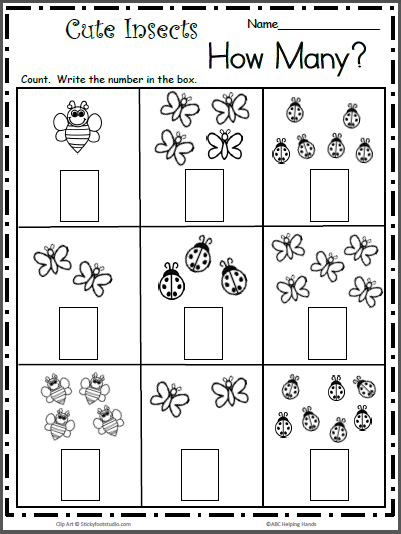 32 841.92] /Contents 113 0 R /group> /Tabs /S /StructParents 26 >> endobj 27 0 obj > /ExtGState> /ProcSet [/PDF /Text /ImageB /ImageC /ImageI] >> /MediaBox[0 0 595.32 841.92] /Contents 115 0R /group> /Tabs /S /StructParents 27 >> endobj 28 0 obj > /ExtGState> /ProcSet [/PDF /Text /ImageB /ImageC /ImageI] >> /MediaBox [0 0 595.32 841.92] /Contents 116 0 R /group> /Tabs /S /StructParents 28 >> endobj 29 0 obj > /ExtGState> /ProcSet [/PDF /Text /ImageB /ImageC /ImageI] >> /MediaBox [0 0 595.32 841.92] /Contents 117 0R /group> /Tabs /S /StructParents 29 >> endobj 30 0 obj > /ExtGState> /ProcSet [/PDF /Text /ImageB /ImageC /ImageI] >> /MediaBox[0 0 595.32 841.92] /Contents 118 0R /group> /Tabs /S /StructParents 30 >> endobj 31 0 obj > /ExtGState> /ProcSet [/PDF /Text /ImageB /ImageC /ImageI] >> /MediaBox [0 0 595.32 841.92] /Contents 119 0 R /group> /Tabs /S /StructParents 31 >> endobj 32 0 obj > /ExtGState> /ProcSet [/PDF /Text /ImageB /ImageC /ImageI] >> /MediaBox [0 0 595.32 841.92] /Contents 120 0 R /group> /Tabs /S /StructParents 32 >> endobj 33 0 obj > /ExtGState> /ProcSet [/PDF /Text /ImageB /ImageC /ImageI] >> /MediaBox[0 0 595.
32 841.92] /Contents 113 0 R /group> /Tabs /S /StructParents 26 >> endobj 27 0 obj > /ExtGState> /ProcSet [/PDF /Text /ImageB /ImageC /ImageI] >> /MediaBox[0 0 595.32 841.92] /Contents 115 0R /group> /Tabs /S /StructParents 27 >> endobj 28 0 obj > /ExtGState> /ProcSet [/PDF /Text /ImageB /ImageC /ImageI] >> /MediaBox [0 0 595.32 841.92] /Contents 116 0 R /group> /Tabs /S /StructParents 28 >> endobj 29 0 obj > /ExtGState> /ProcSet [/PDF /Text /ImageB /ImageC /ImageI] >> /MediaBox [0 0 595.32 841.92] /Contents 117 0R /group> /Tabs /S /StructParents 29 >> endobj 30 0 obj > /ExtGState> /ProcSet [/PDF /Text /ImageB /ImageC /ImageI] >> /MediaBox[0 0 595.32 841.92] /Contents 118 0R /group> /Tabs /S /StructParents 30 >> endobj 31 0 obj > /ExtGState> /ProcSet [/PDF /Text /ImageB /ImageC /ImageI] >> /MediaBox [0 0 595.32 841.92] /Contents 119 0 R /group> /Tabs /S /StructParents 31 >> endobj 32 0 obj > /ExtGState> /ProcSet [/PDF /Text /ImageB /ImageC /ImageI] >> /MediaBox [0 0 595.32 841.92] /Contents 120 0 R /group> /Tabs /S /StructParents 32 >> endobj 33 0 obj > /ExtGState> /ProcSet [/PDF /Text /ImageB /ImageC /ImageI] >> /MediaBox[0 0 595.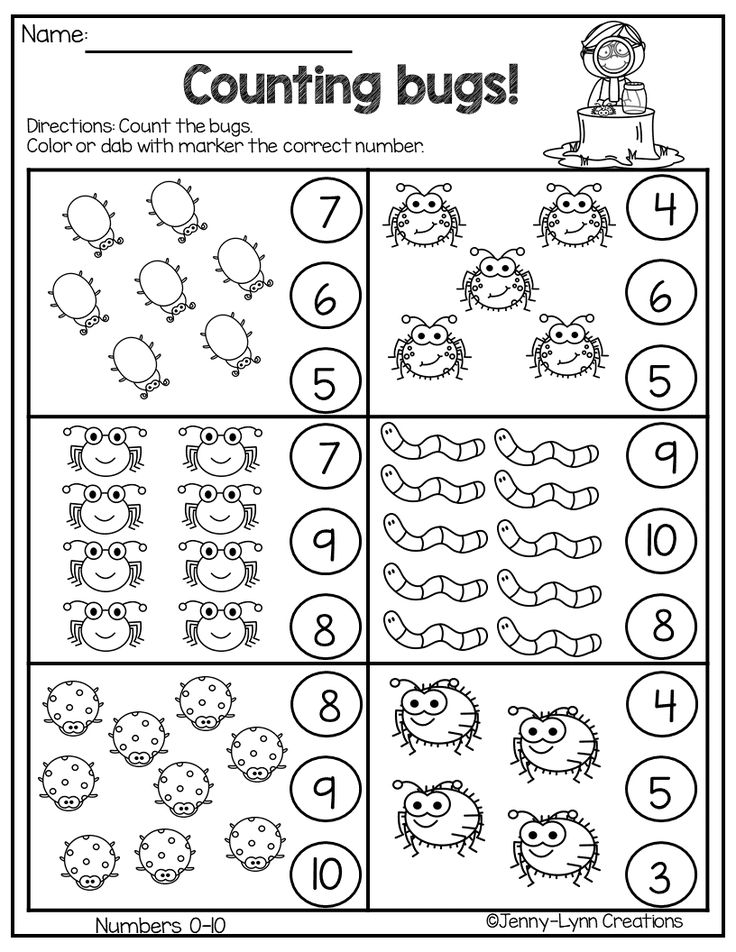 32 841.92] /Contents 121 0R /group> /Tabs /S /StructParents 33 >> endobj 34 0 obj > /ExtGState> /ProcSet [/PDF /Text /ImageB /ImageC /ImageI] >> /MediaBox [0 0 595.32 841.92] /Contents 122 0 R /group> /Tabs /S /StructParents 34 >> endobj 35 0 obj > /ExtGState> /ProcSet [/PDF /Text /ImageB /ImageC /ImageI] >> /MediaBox [0 0 595.32 841.92] /Contents 123 0 R /group> /Tabs /S /StructParents 35 >> endobj 36 0 obj > /ExtGState> /ProcSet [/PDF /Text /ImageB /ImageC /ImageI] >> /MediaBox[0 0 595.32 841.92] /Contents 124 0 R /group> /Tabs /S /StructParents 36 >> endobj 37 0 obj > /ExtGState> /ProcSet [/PDF /Text /ImageB /ImageC /ImageI] >> /MediaBox [0 0 595.32 841.92] /Contents 125 0R /group> /Tabs /S /StructParents 37 >> endobj 38 0 obj > /ExtGState> /ProcSet [/PDF /Text /ImageB /ImageC /ImageI] >> /MediaBox [0 0 595.32 841.92] /Contents 127 0 R /group> /Tabs /S /StructParents 38 >> endobj 39 0 obj > /ExtGState> /XObject> /ProcSet [/PDF /Text /ImageB /ImageC /ImageI] >> /MediaBox[0 0 595.32 841.
32 841.92] /Contents 121 0R /group> /Tabs /S /StructParents 33 >> endobj 34 0 obj > /ExtGState> /ProcSet [/PDF /Text /ImageB /ImageC /ImageI] >> /MediaBox [0 0 595.32 841.92] /Contents 122 0 R /group> /Tabs /S /StructParents 34 >> endobj 35 0 obj > /ExtGState> /ProcSet [/PDF /Text /ImageB /ImageC /ImageI] >> /MediaBox [0 0 595.32 841.92] /Contents 123 0 R /group> /Tabs /S /StructParents 35 >> endobj 36 0 obj > /ExtGState> /ProcSet [/PDF /Text /ImageB /ImageC /ImageI] >> /MediaBox[0 0 595.32 841.92] /Contents 124 0 R /group> /Tabs /S /StructParents 36 >> endobj 37 0 obj > /ExtGState> /ProcSet [/PDF /Text /ImageB /ImageC /ImageI] >> /MediaBox [0 0 595.32 841.92] /Contents 125 0R /group> /Tabs /S /StructParents 37 >> endobj 38 0 obj > /ExtGState> /ProcSet [/PDF /Text /ImageB /ImageC /ImageI] >> /MediaBox [0 0 595.32 841.92] /Contents 127 0 R /group> /Tabs /S /StructParents 38 >> endobj 39 0 obj > /ExtGState> /XObject> /ProcSet [/PDF /Text /ImageB /ImageC /ImageI] >> /MediaBox[0 0 595.32 841. 92] /Contents 132 0 R /group> /Tabs /S /StructParents 1 >> endobj 40 0 obj > /ExtGState> /XObject> /ProcSet [/PDF /Text /ImageB /ImageC /ImageI] >> /MediaBox [0 0 595.32 841.92] /Contents 143 0 R /group> /Tabs /S /StructParents 2 >> endobj 41 0 obj > /ExtGState> /ProcSet [/PDF /Text /ImageB /ImageC /ImageI] >> /MediaBox [0 0 595.32 841.92] /Contents 144 0R /group> /Tabs /S /StructParents 39 >> endobj 42 0 obj > /ExtGState> /ProcSet [/PDF /Text /ImageB /ImageC /ImageI] >> /MediaBox[0 0 595.32 841.92] /Contents 148 0 R /group> /Tabs /S /StructParents 3 >> endobj 43 0 obj > /ExtGState> /ProcSet [/PDF /Text /ImageB /ImageC /ImageI] >> /MediaBox [0 0 595.32 841.92] /Contents 149 0 R /group> /Tabs /S /StructParents 40 >> endobj 44 0 obj > /ExtGState> /ProcSet [/PDF /Text /ImageB /ImageC /ImageI] >> /MediaBox [0 0 595.32 841.92] /Contents 152 0 R /group> /Tabs /S /StructParents 41 >> endobj 45 0 obj > /ExtGState> /ProcSet [/PDF /Text /ImageB /ImageC /ImageI] >> /MediaBox[0 0 595.32 841.92] /Contents 153 0R /group> /Tabs /S /StructParents 42 >> endobj 46 0 obj > /ExtGState> /ProcSet [/PDF /Text /ImageB /ImageC /ImageI] >> /MediaBox [0 0 595.
92] /Contents 132 0 R /group> /Tabs /S /StructParents 1 >> endobj 40 0 obj > /ExtGState> /XObject> /ProcSet [/PDF /Text /ImageB /ImageC /ImageI] >> /MediaBox [0 0 595.32 841.92] /Contents 143 0 R /group> /Tabs /S /StructParents 2 >> endobj 41 0 obj > /ExtGState> /ProcSet [/PDF /Text /ImageB /ImageC /ImageI] >> /MediaBox [0 0 595.32 841.92] /Contents 144 0R /group> /Tabs /S /StructParents 39 >> endobj 42 0 obj > /ExtGState> /ProcSet [/PDF /Text /ImageB /ImageC /ImageI] >> /MediaBox[0 0 595.32 841.92] /Contents 148 0 R /group> /Tabs /S /StructParents 3 >> endobj 43 0 obj > /ExtGState> /ProcSet [/PDF /Text /ImageB /ImageC /ImageI] >> /MediaBox [0 0 595.32 841.92] /Contents 149 0 R /group> /Tabs /S /StructParents 40 >> endobj 44 0 obj > /ExtGState> /ProcSet [/PDF /Text /ImageB /ImageC /ImageI] >> /MediaBox [0 0 595.32 841.92] /Contents 152 0 R /group> /Tabs /S /StructParents 41 >> endobj 45 0 obj > /ExtGState> /ProcSet [/PDF /Text /ImageB /ImageC /ImageI] >> /MediaBox[0 0 595.32 841.92] /Contents 153 0R /group> /Tabs /S /StructParents 42 >> endobj 46 0 obj > /ExtGState> /ProcSet [/PDF /Text /ImageB /ImageC /ImageI] >> /MediaBox [0 0 595.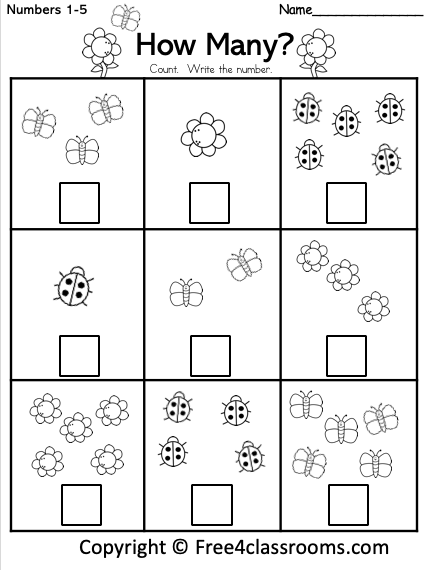 32 841.92] /Contents 154 0R /group> /Tabs /S /StructParents 43 >> endobj 47 0 obj > /ExtGState> /ProcSet [/PDF /Text /ImageB /ImageC /ImageI] >> /MediaBox [0 0 595.32 841.92] /Contents 155 0R /group> /Tabs /S /StructParents 44 >> endobj 48 0 obj > /ExtGState> /ProcSet [/PDF /Text /ImageB /ImageC /ImageI] >> /MediaBox[0 0 595.32 841.92] /Contents 156 0 R /group> /Tabs /S /StructParents 45 >> endobj 49 0 obj > /ExtGState> /ProcSet [/PDF /Text /ImageB /ImageC /ImageI] >> /MediaBox [0 0 595.32 841.92] /Contents 157 0 R /group> /Tabs /S /StructParents 46 >> endobj 50 0 obj > /ExtGState> /ProcSet [/PDF /Text /ImageB /ImageC /ImageI] >> /MediaBox [0 0 595.32 841.92] /Contents 158 0 R /group> /Tabs /S /StructParents 47 >> endobj 51 0 obj > /ExtGState> /ProcSet [/PDF /Text /ImageB /ImageC /ImageI] >> /MediaBox[0 0 595.32 841.92] /Contents 159 0R /group> /Tabs /S /StructParents 48 >> endobj 52 0 obj > /ExtGState> /ProcSet [/PDF /Text /ImageB /ImageC /ImageI] >> /MediaBox [0 0 595.32 841.92] /Contents 160 0R /group> /Tabs /S /StructParents 49 >> endobj 53 0 obj > /ExtGState> /ProcSet [/PDF /Text /ImageB /ImageC /ImageI] >> /MediaBox [0 0 595.
32 841.92] /Contents 154 0R /group> /Tabs /S /StructParents 43 >> endobj 47 0 obj > /ExtGState> /ProcSet [/PDF /Text /ImageB /ImageC /ImageI] >> /MediaBox [0 0 595.32 841.92] /Contents 155 0R /group> /Tabs /S /StructParents 44 >> endobj 48 0 obj > /ExtGState> /ProcSet [/PDF /Text /ImageB /ImageC /ImageI] >> /MediaBox[0 0 595.32 841.92] /Contents 156 0 R /group> /Tabs /S /StructParents 45 >> endobj 49 0 obj > /ExtGState> /ProcSet [/PDF /Text /ImageB /ImageC /ImageI] >> /MediaBox [0 0 595.32 841.92] /Contents 157 0 R /group> /Tabs /S /StructParents 46 >> endobj 50 0 obj > /ExtGState> /ProcSet [/PDF /Text /ImageB /ImageC /ImageI] >> /MediaBox [0 0 595.32 841.92] /Contents 158 0 R /group> /Tabs /S /StructParents 47 >> endobj 51 0 obj > /ExtGState> /ProcSet [/PDF /Text /ImageB /ImageC /ImageI] >> /MediaBox[0 0 595.32 841.92] /Contents 159 0R /group> /Tabs /S /StructParents 48 >> endobj 52 0 obj > /ExtGState> /ProcSet [/PDF /Text /ImageB /ImageC /ImageI] >> /MediaBox [0 0 595.32 841.92] /Contents 160 0R /group> /Tabs /S /StructParents 49 >> endobj 53 0 obj > /ExtGState> /ProcSet [/PDF /Text /ImageB /ImageC /ImageI] >> /MediaBox [0 0 595.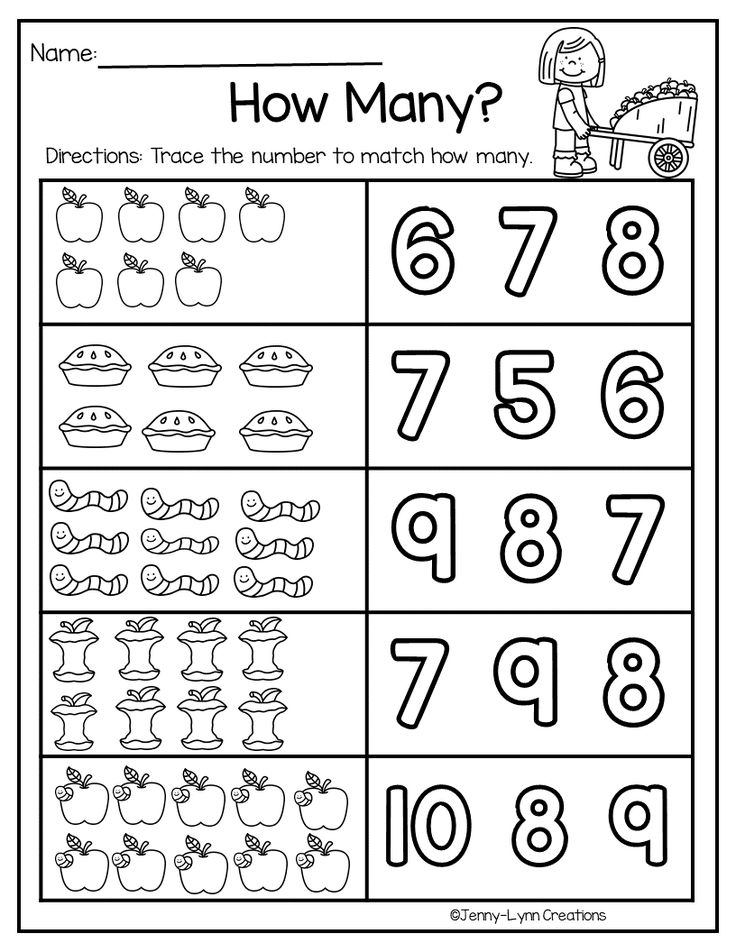 32 841.92] /Contents 161 0R /group> /Tabs /S /StructParents 4 >> endobj 54 0 obj > /ExtGState> /ProcSet [/PDF /Text /ImageB /ImageC /ImageI] >> /MediaBox[0 0 595.32 841.92] /Contents 162 0 R /group> /Tabs /S /StructParents 50 >> endobj 55 0 obj > /ExtGState> /ProcSet [/PDF /Text /ImageB /ImageC /ImageI] >> /MediaBox [0 0 595.32 841.92] /Contents 163 0R /group> /Tabs /S /StructParents 51 >> endobj 56 0 obj > /ExtGState> /ProcSet [/PDF /Text /ImageB /ImageC /ImageI] >> /MediaBox [0 0 595.32 841.92] /Contents 164 0 R /group> /Tabs /S /StructParents 52 >> endobj 57 0 obj > /ExtGState> /ProcSet [/PDF /Text /ImageB /ImageC /ImageI] >> /MediaBox[0 0 595.32 841.92] /Contents 165 0R /group> /Tabs /S /StructParents 53 >> endobj 58 0 obj > /ExtGState> /ProcSet [/PDF /Text /ImageB /ImageC /ImageI] >> /MediaBox [0 0 595.32 841.92] /Contents 166 0 R /group> /Tabs /S /StructParents 54 >> endobj 59 0 obj > /ExtGState> /ProcSet [/PDF /Text /ImageB /ImageC /ImageI] >> /Annots [167 0R] /MediaBox [0 0 595.
32 841.92] /Contents 161 0R /group> /Tabs /S /StructParents 4 >> endobj 54 0 obj > /ExtGState> /ProcSet [/PDF /Text /ImageB /ImageC /ImageI] >> /MediaBox[0 0 595.32 841.92] /Contents 162 0 R /group> /Tabs /S /StructParents 50 >> endobj 55 0 obj > /ExtGState> /ProcSet [/PDF /Text /ImageB /ImageC /ImageI] >> /MediaBox [0 0 595.32 841.92] /Contents 163 0R /group> /Tabs /S /StructParents 51 >> endobj 56 0 obj > /ExtGState> /ProcSet [/PDF /Text /ImageB /ImageC /ImageI] >> /MediaBox [0 0 595.32 841.92] /Contents 164 0 R /group> /Tabs /S /StructParents 52 >> endobj 57 0 obj > /ExtGState> /ProcSet [/PDF /Text /ImageB /ImageC /ImageI] >> /MediaBox[0 0 595.32 841.92] /Contents 165 0R /group> /Tabs /S /StructParents 53 >> endobj 58 0 obj > /ExtGState> /ProcSet [/PDF /Text /ImageB /ImageC /ImageI] >> /MediaBox [0 0 595.32 841.92] /Contents 166 0 R /group> /Tabs /S /StructParents 54 >> endobj 59 0 obj > /ExtGState> /ProcSet [/PDF /Text /ImageB /ImageC /ImageI] >> /Annots [167 0R] /MediaBox [0 0 595. 32 841.92] /Contents 168 0R /group> /Tabs /S /StructParents 55 >> endobj 60 0 obj > /ExtGState> /ProcSet [/PDF /Text /ImageB /ImageC /ImageI] >> /MediaBox[0 0 595.32 841.92] /Contents 169 0 R /group> /Tabs /S /StructParents 57 >> endobj 61 0 obj > /ExtGState> /ProcSet [/PDF /Text /ImageB /ImageC /ImageI] >> /Annots [170 0 R 171 0 R] /MediaBox [0 0 595.32 841.92] /Contents 172 0R /group> /Tabs /S /StructParents 58 >> endobj 62 0 obj > /ExtGState> /ProcSet [/PDF /Text /ImageB /ImageC /ImageI] >> /Annots [173 0 R 174 0 R 175 0 R] /MediaBox [0 0 595.32 841.92] /Contents 176 0R /group> /Tabs /S /StructParents 61 >> endobj 63 0 obj > /ExtGState> /ProcSet [/PDF /Text /ImageB /ImageC /ImageI] >> /MediaBox[0 0 595.32 841.92] /Contents 177 0R /group> /Tabs /S /StructParents 65 >> endobj 64 0 obj > /ExtGState> /ProcSet [/PDF /Text /ImageB /ImageC /ImageI] >> /MediaBox [0 0 595.32 841.92] /Contents 178 0R /group> /Tabs /S /StructParents 66 >> endobj 65 0 obj > /ExtGState> /ProcSet [/PDF /Text /ImageB /ImageC /ImageI] >> /MediaBox [0 0 595.
32 841.92] /Contents 168 0R /group> /Tabs /S /StructParents 55 >> endobj 60 0 obj > /ExtGState> /ProcSet [/PDF /Text /ImageB /ImageC /ImageI] >> /MediaBox[0 0 595.32 841.92] /Contents 169 0 R /group> /Tabs /S /StructParents 57 >> endobj 61 0 obj > /ExtGState> /ProcSet [/PDF /Text /ImageB /ImageC /ImageI] >> /Annots [170 0 R 171 0 R] /MediaBox [0 0 595.32 841.92] /Contents 172 0R /group> /Tabs /S /StructParents 58 >> endobj 62 0 obj > /ExtGState> /ProcSet [/PDF /Text /ImageB /ImageC /ImageI] >> /Annots [173 0 R 174 0 R 175 0 R] /MediaBox [0 0 595.32 841.92] /Contents 176 0R /group> /Tabs /S /StructParents 61 >> endobj 63 0 obj > /ExtGState> /ProcSet [/PDF /Text /ImageB /ImageC /ImageI] >> /MediaBox[0 0 595.32 841.92] /Contents 177 0R /group> /Tabs /S /StructParents 65 >> endobj 64 0 obj > /ExtGState> /ProcSet [/PDF /Text /ImageB /ImageC /ImageI] >> /MediaBox [0 0 595.32 841.92] /Contents 178 0R /group> /Tabs /S /StructParents 66 >> endobj 65 0 obj > /ExtGState> /ProcSet [/PDF /Text /ImageB /ImageC /ImageI] >> /MediaBox [0 0 595. 32 841.92] /Contents 179 0 R /group> /Tabs /S /StructParents 67 >> endobj 66 0 obj > /ExtGState> /ProcSet [/PDF /Text /ImageB /ImageC /ImageI] >> /MediaBox[0 0 595.32 841.92] /Contents 180 0 R /group> /Tabs /S /StructParents 68 >> endobj 67 0 obj > /ExtGState> /ProcSet [/PDF /Text /ImageB /ImageC /ImageI] >> /MediaBox [0 0 595.32 841.92] /Contents 181 0 R /group> /Tabs /S /StructParents 69 >> endobj 68 0 obj > /ExtGState> /ProcSet [/PDF /Text /ImageB /ImageC /ImageI] >> /MediaBox [0 0 595.32 841.92] /Contents 182 0R /group> /Tabs /S /StructParents 70 >> endobj 69 0 obj > /ExtGState> /ProcSet [/PDF /Text /ImageB /ImageC /ImageI] >> /MediaBox[0 0 595.32 841.92] /Contents 183 0 R /group> /Tabs /S /StructParents 71 >> endobj 70 0 obj > /ExtGState> /ProcSet [/PDF /Text /ImageB /ImageC /ImageI] >> /MediaBox [0 0 595.32 841.92] /Contents 184 0 R /group> /Tabs /S /StructParents 72 >> endobj 71 0 obj > /ExtGState> /ProcSet [/PDF /Text /ImageB /ImageC /ImageI] >> /MediaBox [0 0 595.32 841.92] /Contents 186 0 R /group> /Tabs /S /StructParents 73 >> endobj 72 0 obj > /ExtGState> /XObject> /ProcSet [/PDF /Text /ImageB /ImageC /ImageI] >> /MediaBox[0 0 595.
32 841.92] /Contents 179 0 R /group> /Tabs /S /StructParents 67 >> endobj 66 0 obj > /ExtGState> /ProcSet [/PDF /Text /ImageB /ImageC /ImageI] >> /MediaBox[0 0 595.32 841.92] /Contents 180 0 R /group> /Tabs /S /StructParents 68 >> endobj 67 0 obj > /ExtGState> /ProcSet [/PDF /Text /ImageB /ImageC /ImageI] >> /MediaBox [0 0 595.32 841.92] /Contents 181 0 R /group> /Tabs /S /StructParents 69 >> endobj 68 0 obj > /ExtGState> /ProcSet [/PDF /Text /ImageB /ImageC /ImageI] >> /MediaBox [0 0 595.32 841.92] /Contents 182 0R /group> /Tabs /S /StructParents 70 >> endobj 69 0 obj > /ExtGState> /ProcSet [/PDF /Text /ImageB /ImageC /ImageI] >> /MediaBox[0 0 595.32 841.92] /Contents 183 0 R /group> /Tabs /S /StructParents 71 >> endobj 70 0 obj > /ExtGState> /ProcSet [/PDF /Text /ImageB /ImageC /ImageI] >> /MediaBox [0 0 595.32 841.92] /Contents 184 0 R /group> /Tabs /S /StructParents 72 >> endobj 71 0 obj > /ExtGState> /ProcSet [/PDF /Text /ImageB /ImageC /ImageI] >> /MediaBox [0 0 595.32 841.92] /Contents 186 0 R /group> /Tabs /S /StructParents 73 >> endobj 72 0 obj > /ExtGState> /XObject> /ProcSet [/PDF /Text /ImageB /ImageC /ImageI] >> /MediaBox[0 0 595.



